Although Covid-19 cancelled our entire itinerary along the barrier islands of NC known as the Outer Banks, we still needed a little “Vitamin Sea” in our diet. Salt air, fresh seafood, and a relaxing nautical atmosphere are good for the soul!
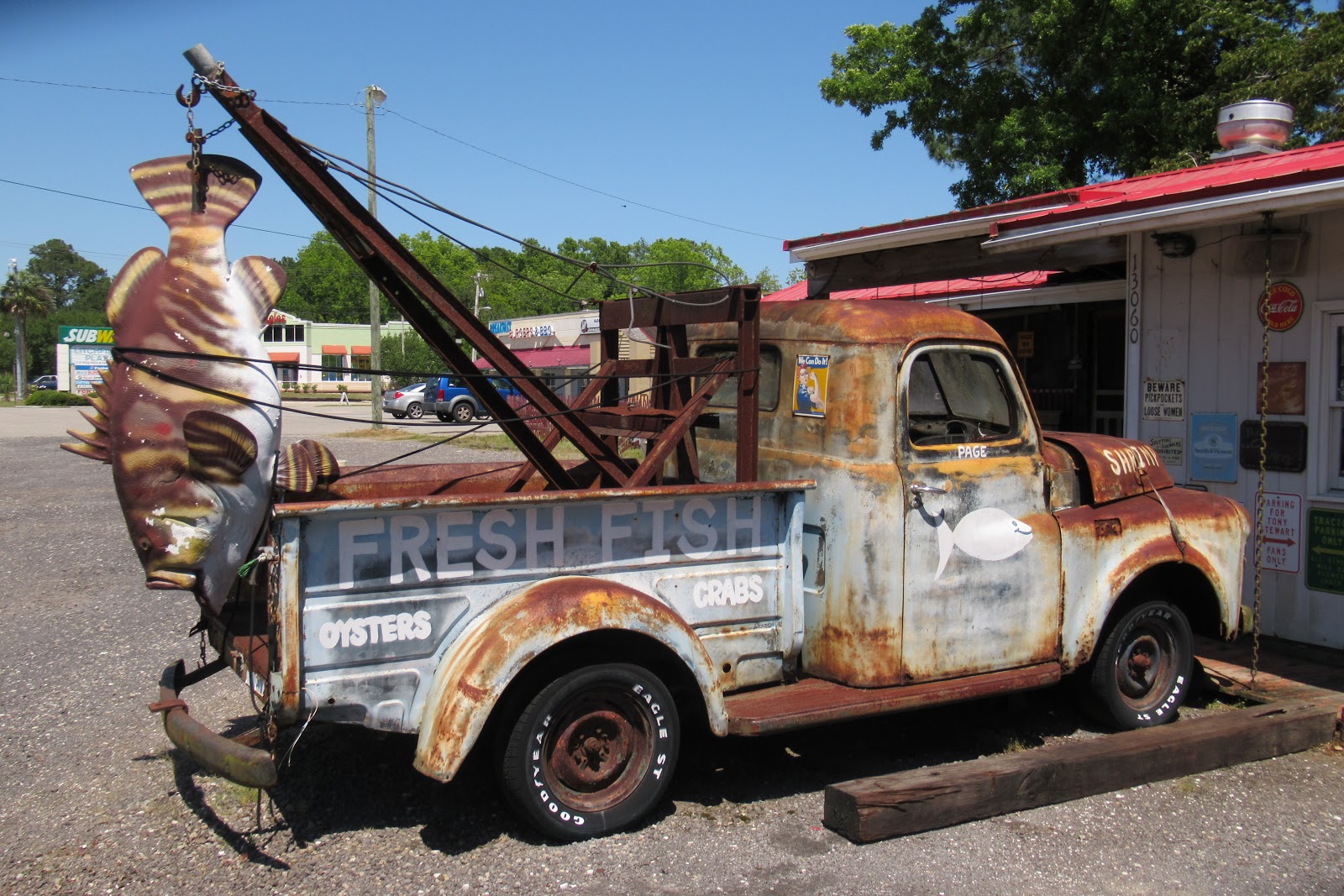
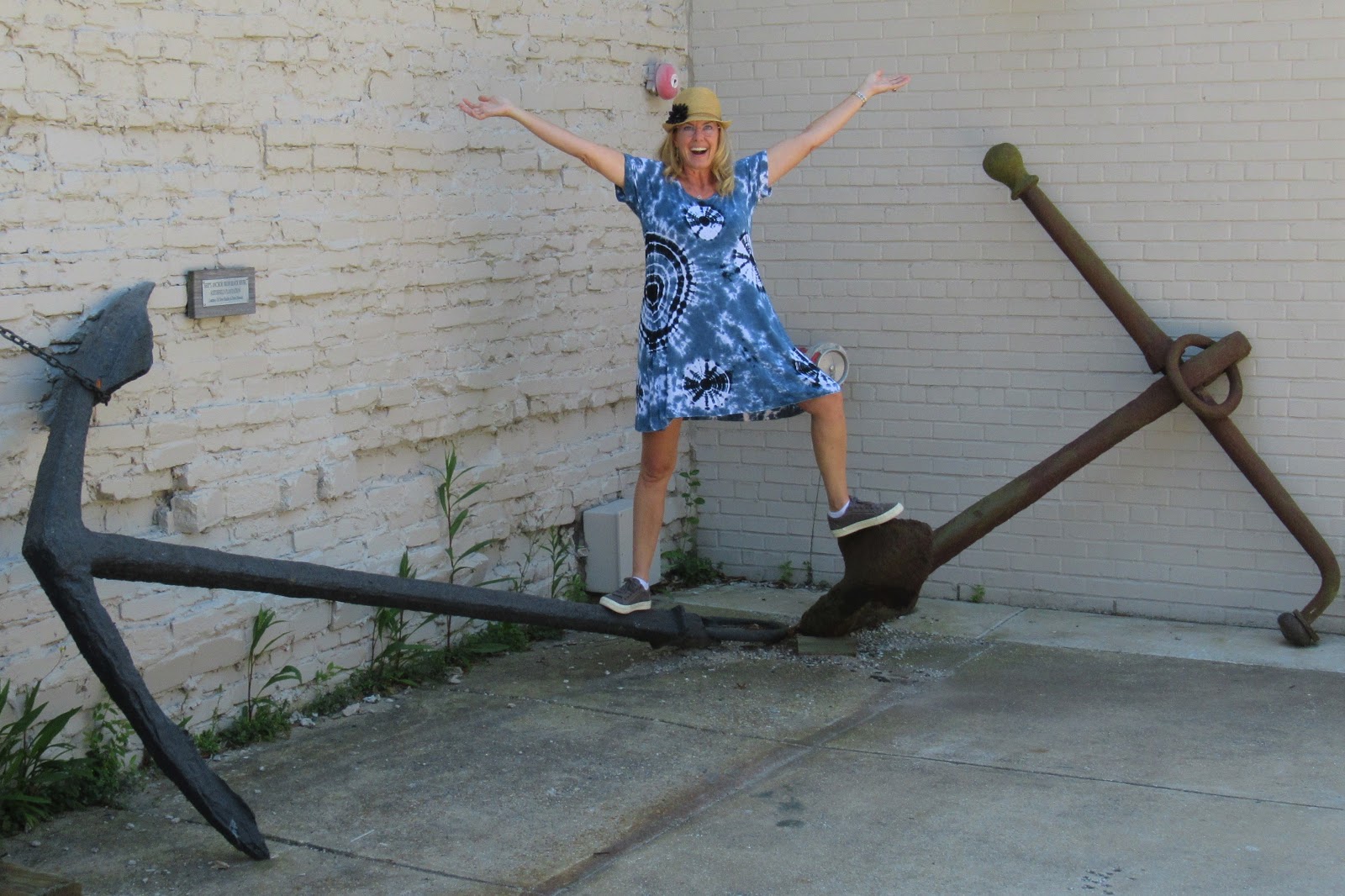
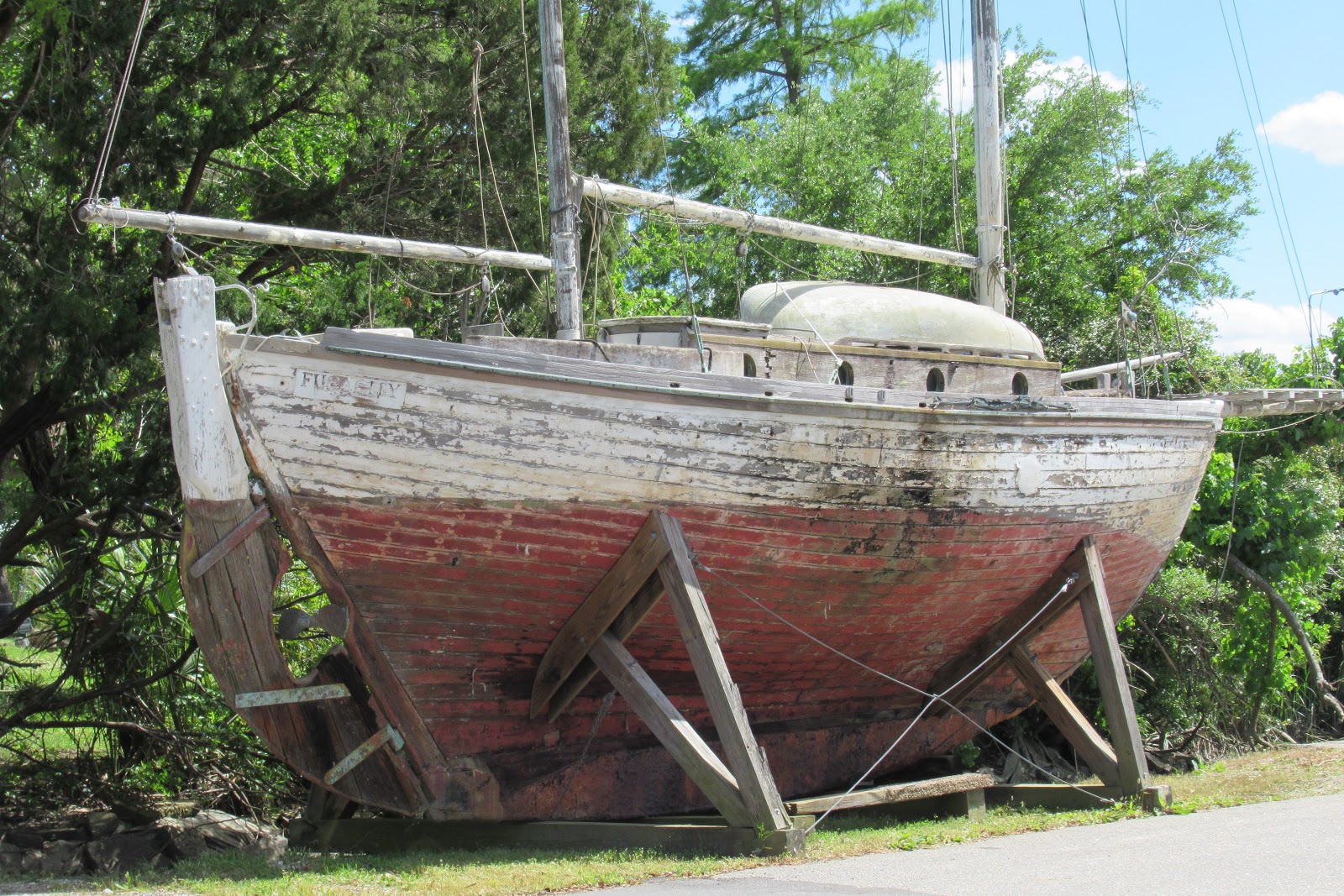
Leaving Columbia, Elsie journeyed to Georgetown, a charming, historic town dating from 1734, located on the coast of South Carolina between Myrtle Beach and Charleston.
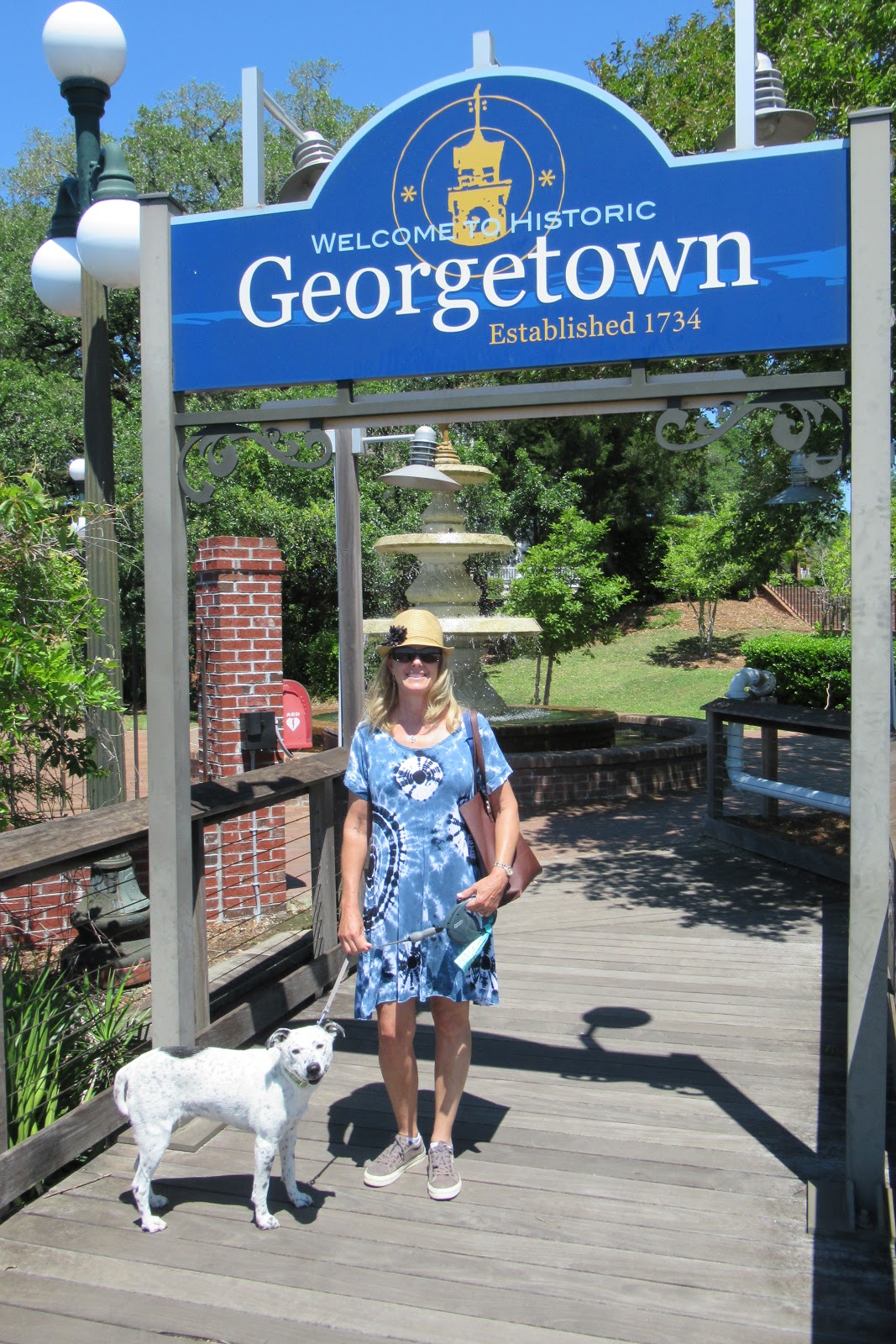
When its harbor became an official port of entry, it allowed goods to come in through Georgetown instead of nearby Charleston, and strolling the harborwalk is still a popular activity.
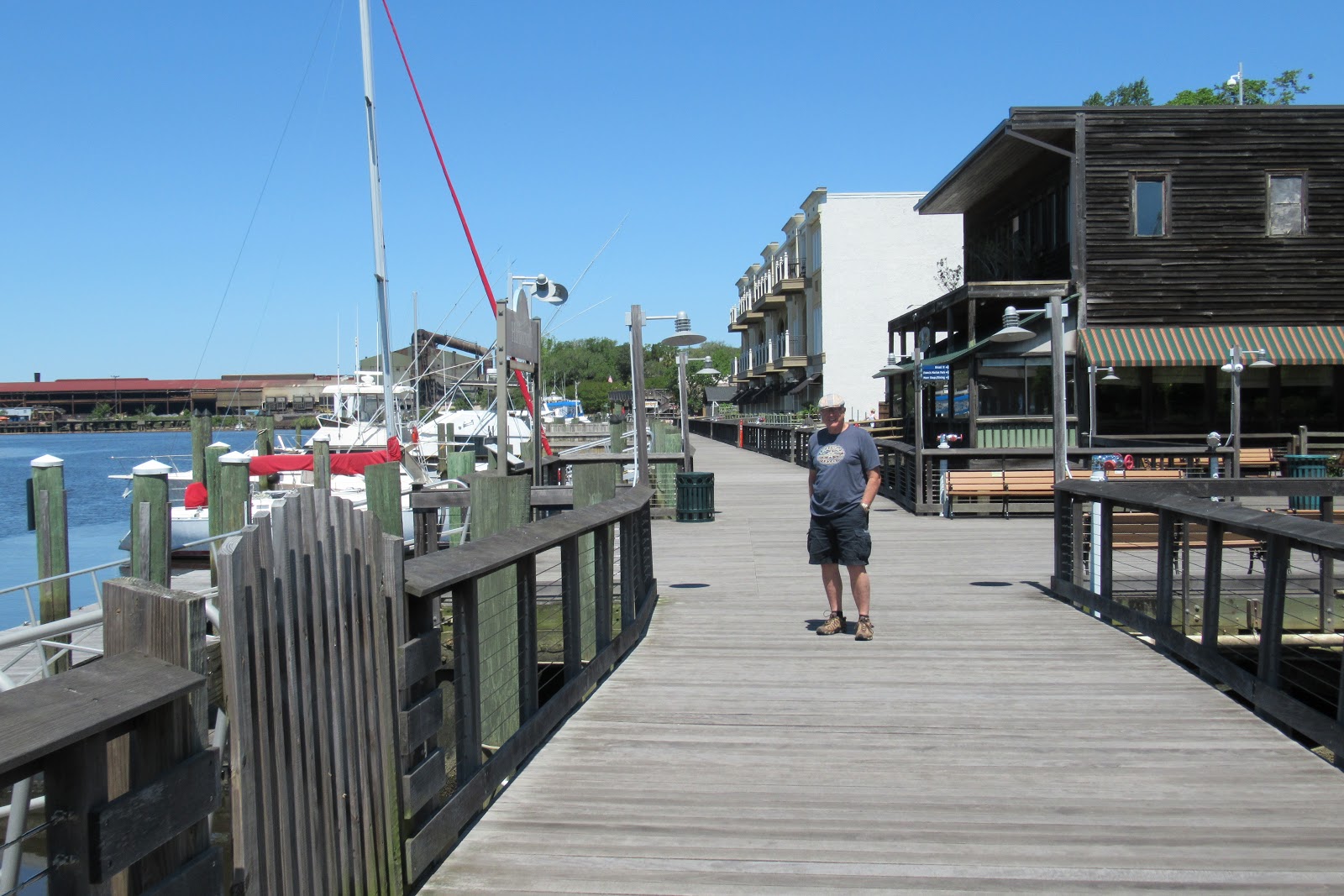

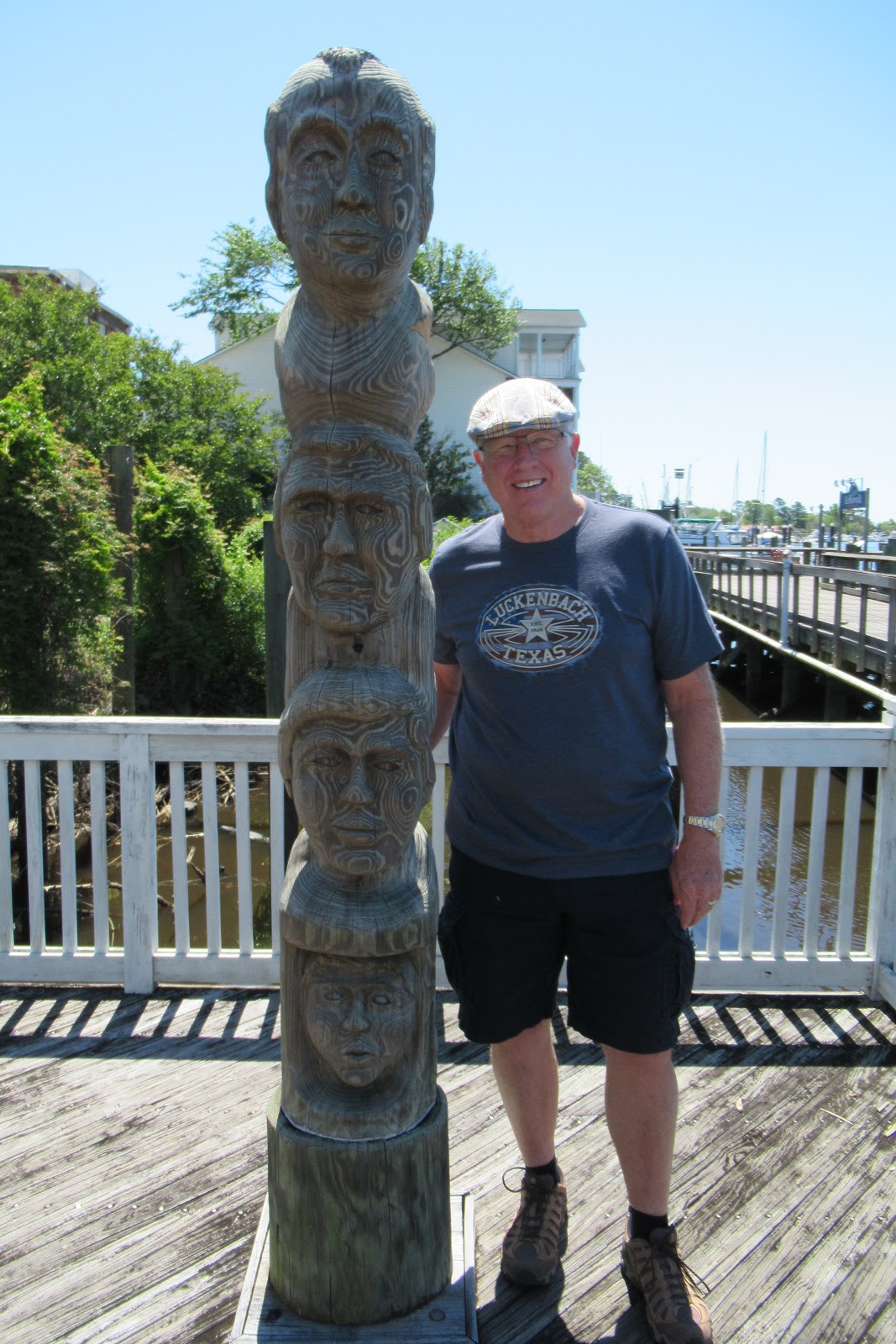
Stately homes, churches and buildings are nestled on shady, old-tree-lined streets in the Historic District.
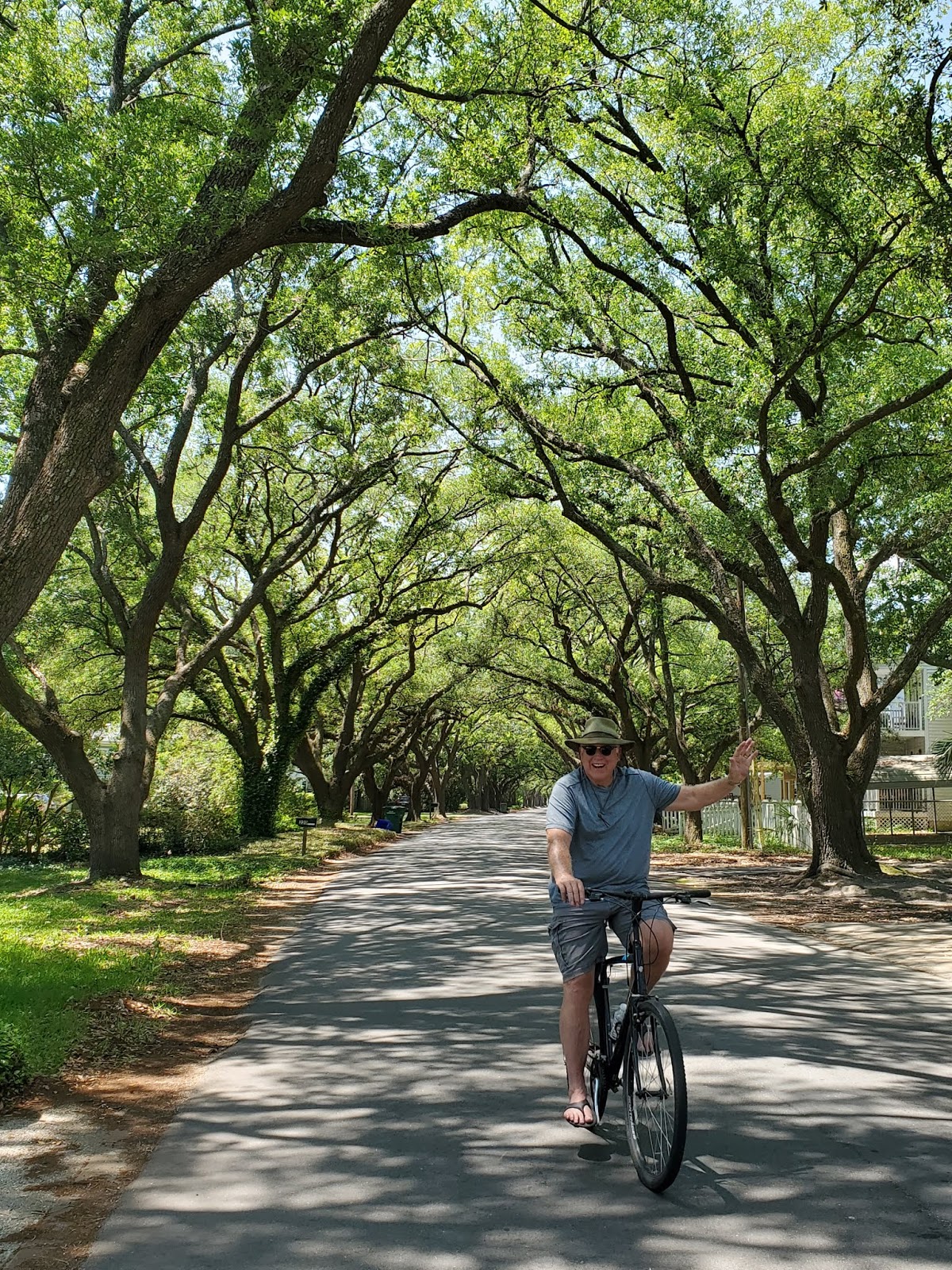
Wooden plaques with year built are placed on the outside of older homes.
Blue plaque = 1700’s through late 1800’s = nobody could afford it
White plaque = beginning in late 1800’s = your rich uncle could afford it
No plaque = even you might be able to afford it
This home was the oldest we could find. And you think YOUR pipes rattle!
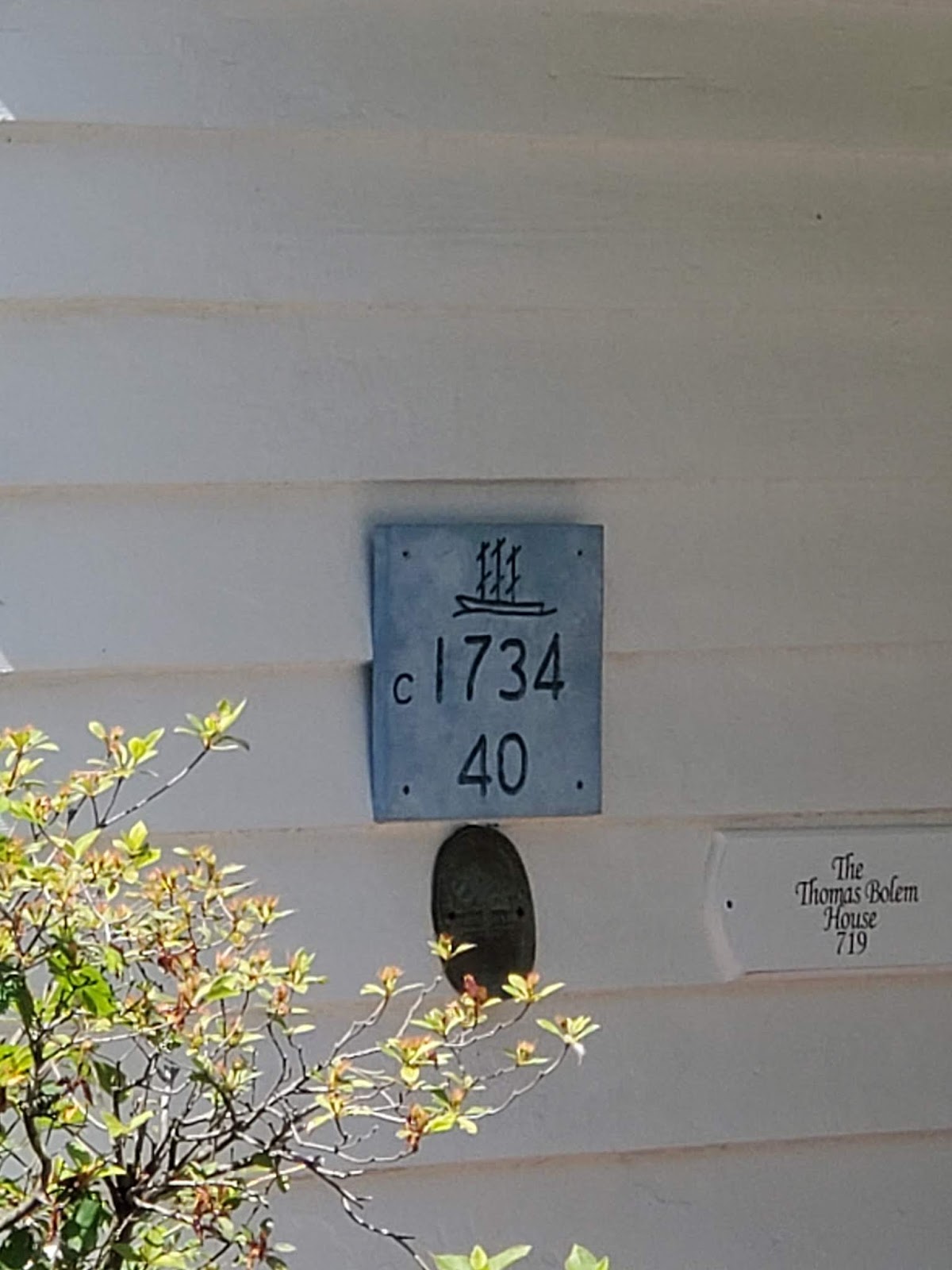

You can purchase a home with not only a plaque, but also a pedigree, and a famous story, here in Georgetown! How about this beauty at only $2,950,000?
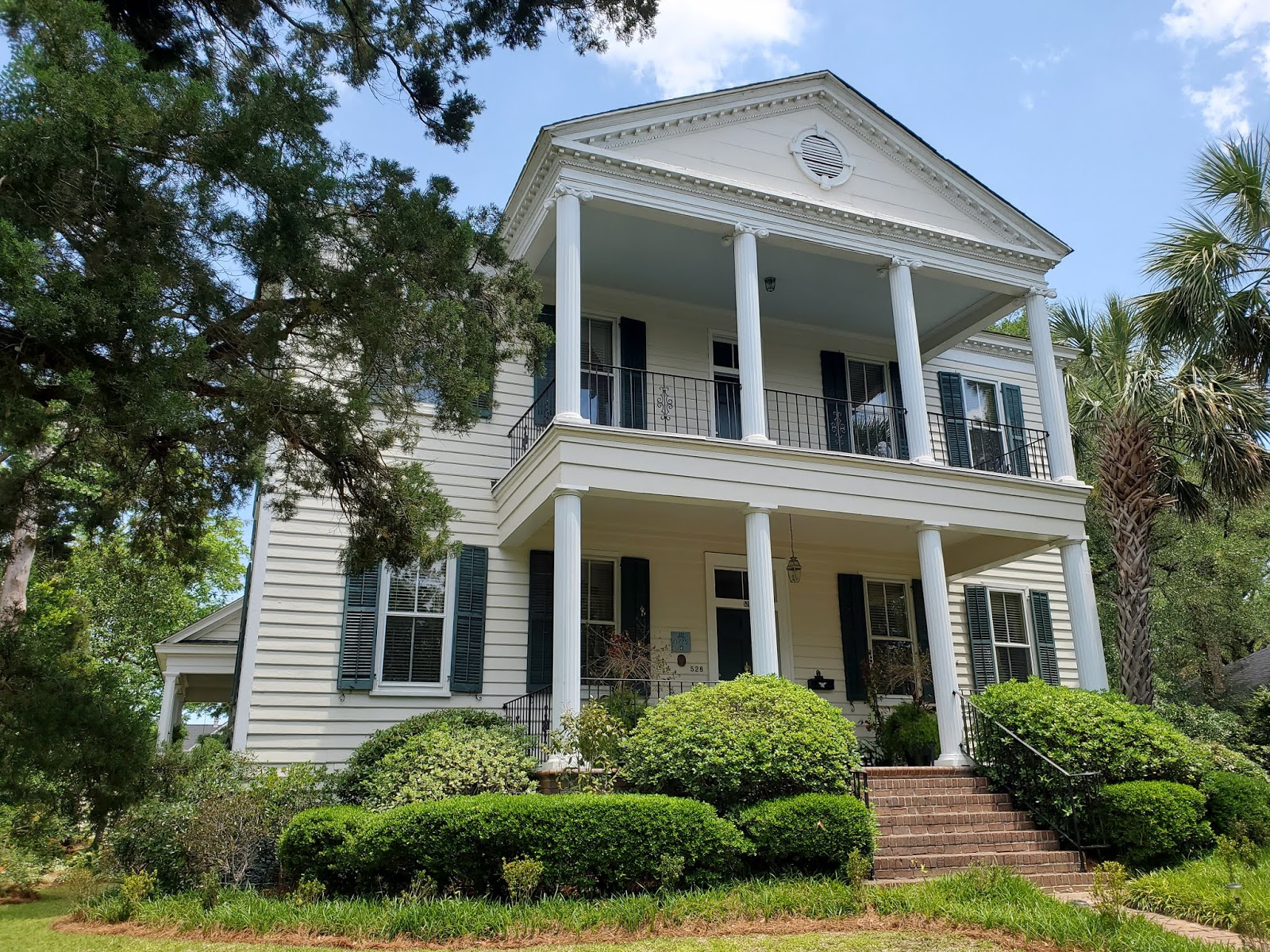
Check out her lineage!
(Not a history nerd? Just scroll on by.)
(Or, if you’re furloughed from work, read slowly, to kill more time)
Welcome to the Mary Man House. Known as “the mansion house on Bay Street,” this elegant Georgian double house was built circa 1775 for in-town entertaining by Mansfield Plantation owner Miss Mary Man. She personally supervised the construction of her impressive dwelling on a high, double lot formerly owned by Thomas Lynch, Sr., South Carolina delegate to the Second Continental Congress which produced the Declaration of Independence. The Mary Man house is remarkable for how much original fabric remains intact — from hand-hewn cypress construction resting on a nearly 250-year-old brick foundation to gleaming heart-of-pine flooring throughout. The house features a four over four plan with eight original fireplaces. Entering the 5000 sq ft residence, a wide front hall reveals the magnificent space of two formal rooms with twelve-foot ceilings: a living room with original heart-of-pine paneling and a drawing room with half-moon and candlelight moldings. A massive circa 1790 French Rococo giltwood mirror (a Man family piece that conveys) reflects the light of 19th-century Brockunier glass chandeliers (all four convey). The front hall staircase leads to the 18th-century ballroom (now the master bedroom and hall) where, in December of 1812, legend says that the most famous woman of her time, Theodosia Burr Alston, of Oaks Plantation (now part of Brookgreen Gardens) was entertained at a ball held in her honor.(Theodosia, daughter of U.S. Vice President Aaron Burr — who served under President Thomas Jefferson and who infamously killed Alexander Hamilton in a duel — was the wife of S.C. Governor Joseph Alston. On the morning after the ball, Theodosia boarded the schooner Patriot, which disappeared at sea, creating a nationwide sensation and mystery that endures to this day.) Off the porch stands a gingko tree, planted by the second owner’s family more than 100 years ago to honor one of their famous naval ancestors, Commodore Matthew C. Perry, who opened Japan to the West in 1854. With only two owners, the Man family of Mansfield Plantation and the Hazard family of Newport, Rhode Island, this remarkable 18th century dwelling was adapted to changing lifestyles and times over nine generations without the loss of its architectural integrity — interior or exterior. You, as only the third owner of the Mary Man house since the time of the American Revolution, could have an extraordinary opportunity to add your story to its amazing history.
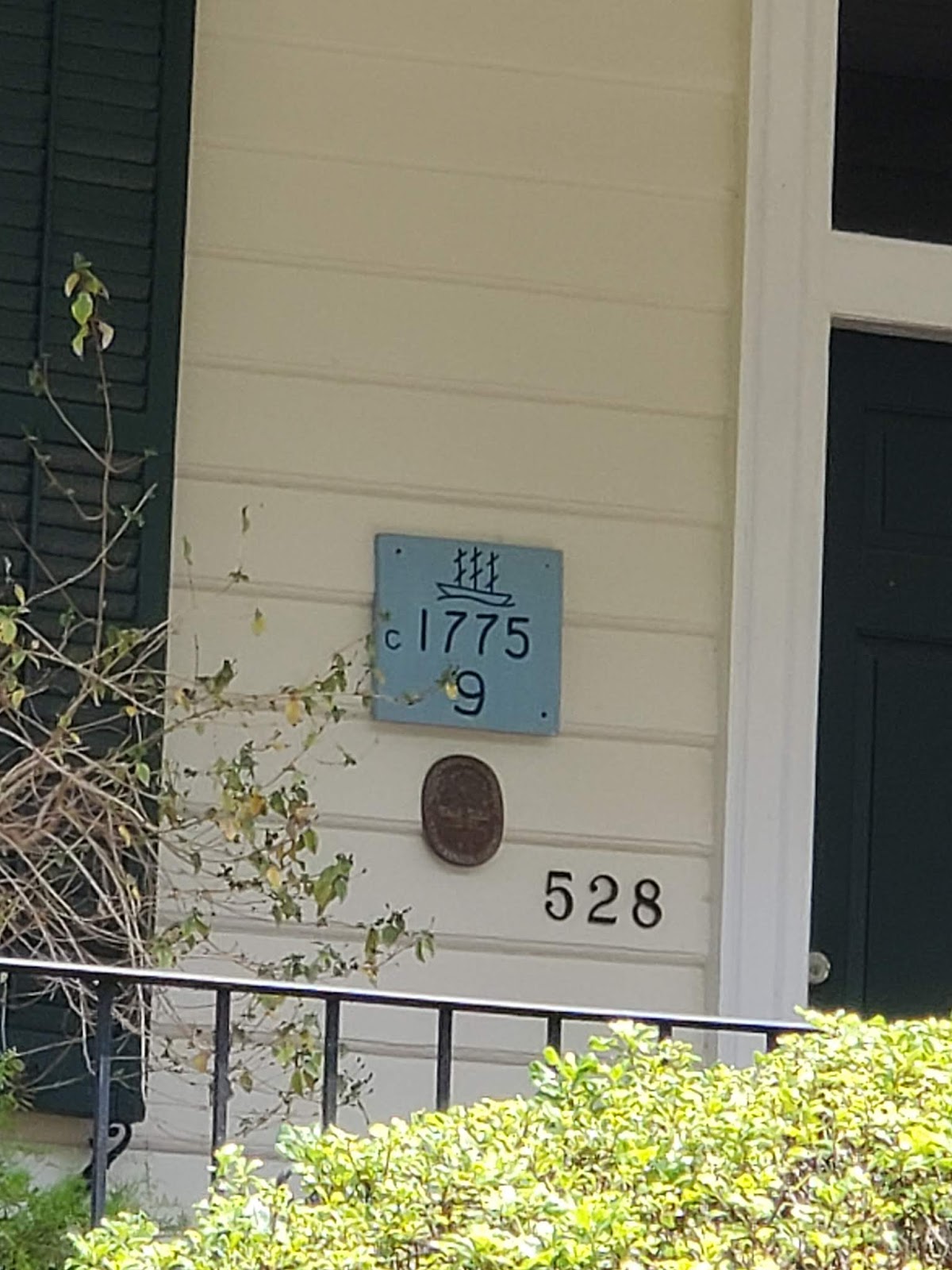
For a small town, they have a large number of museums, including a Rice Museum. Rice, or “Carolina Gold,” made local planters large fortunes in the 1800’s using slave labor. This 1835 building and beautiful bell tower were, at times, a slave auction venue, town hall, local jail, and open market.
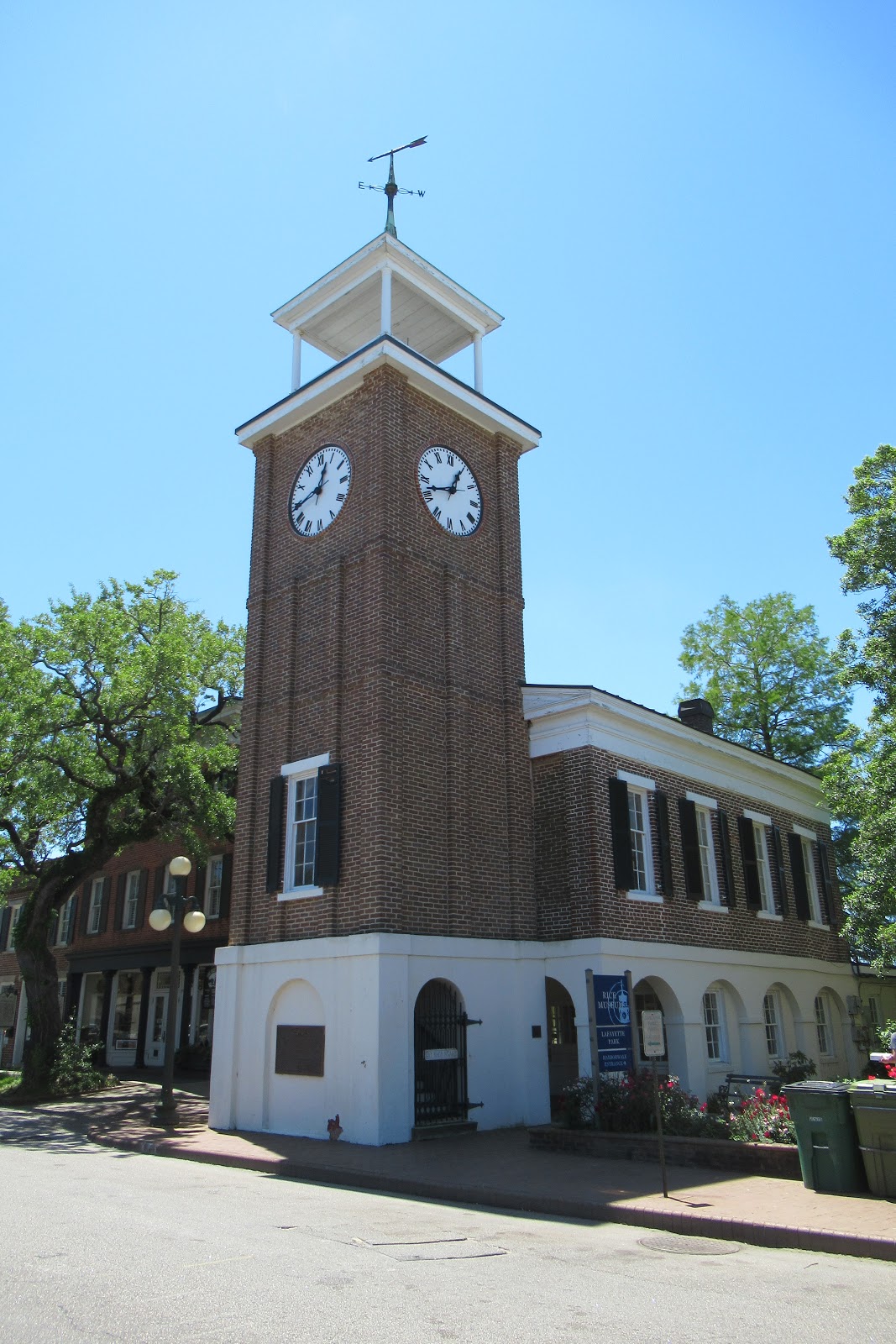
The Kaminski House Museum is a well-preserved manor in the style of 18th-century life in this area. If you like antiques, this is the place to go! Or, if you just like to sit on porches that don’t belong to you, this is also the place to go.
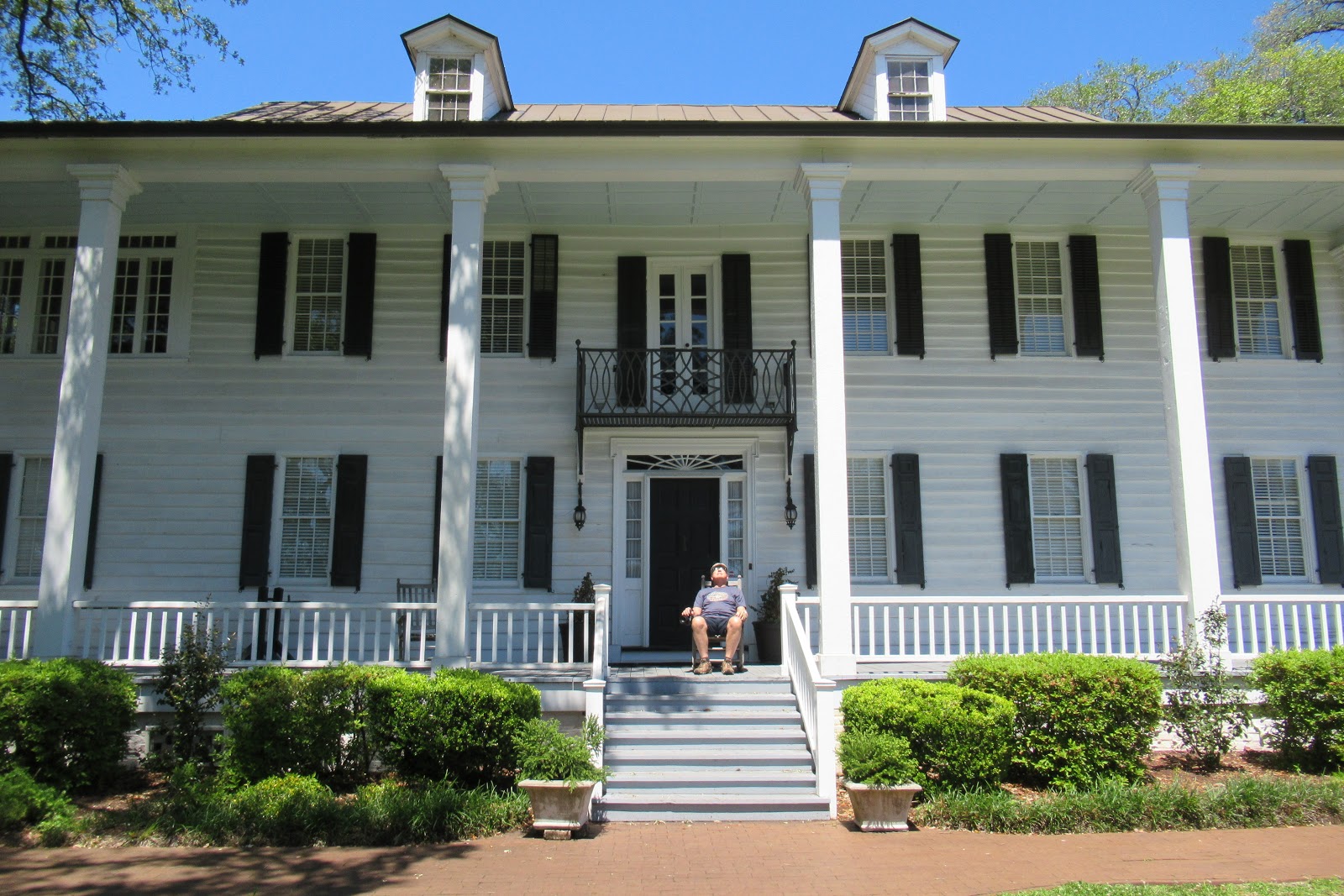
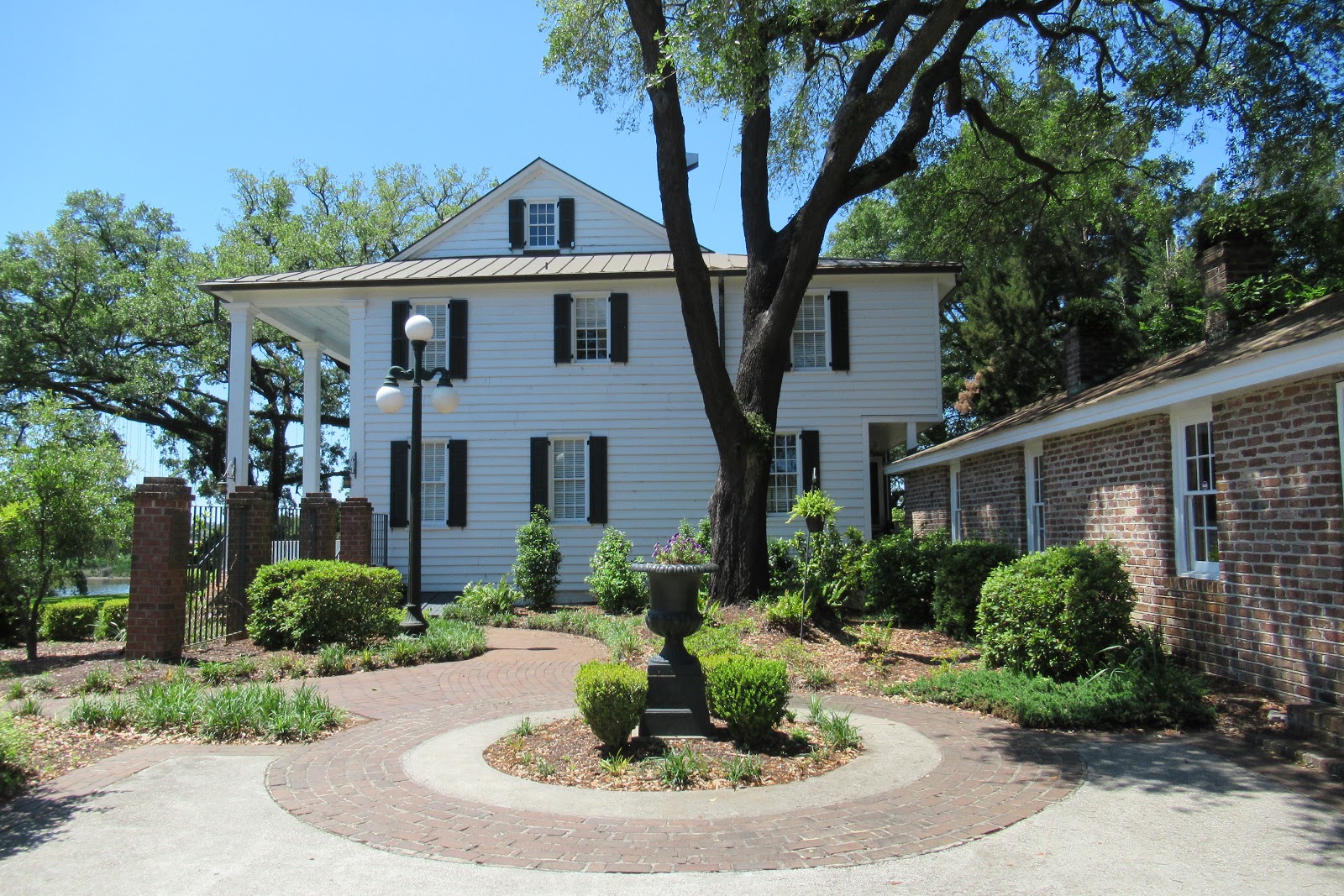
The propeller from the 1905 wreck of the Norwegian Steamship Leif Erikkson is displayed outside the South Carolina Maritime Museum.
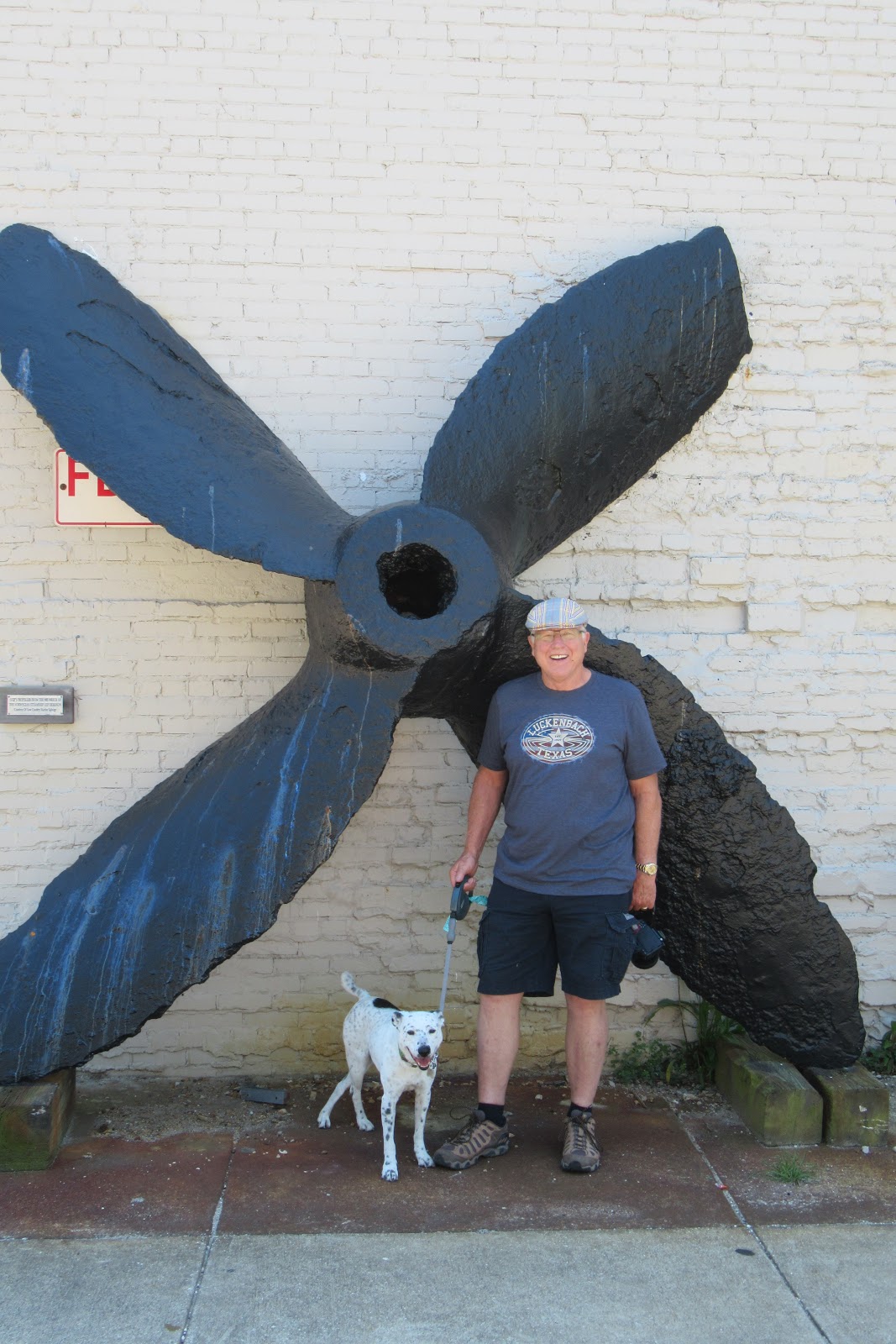
Gigantic rice and indigo plantations were settled here. Many of them, like the Hopsewee Plantation, are now designated historic properties and available for tours and, in some cases, dining.
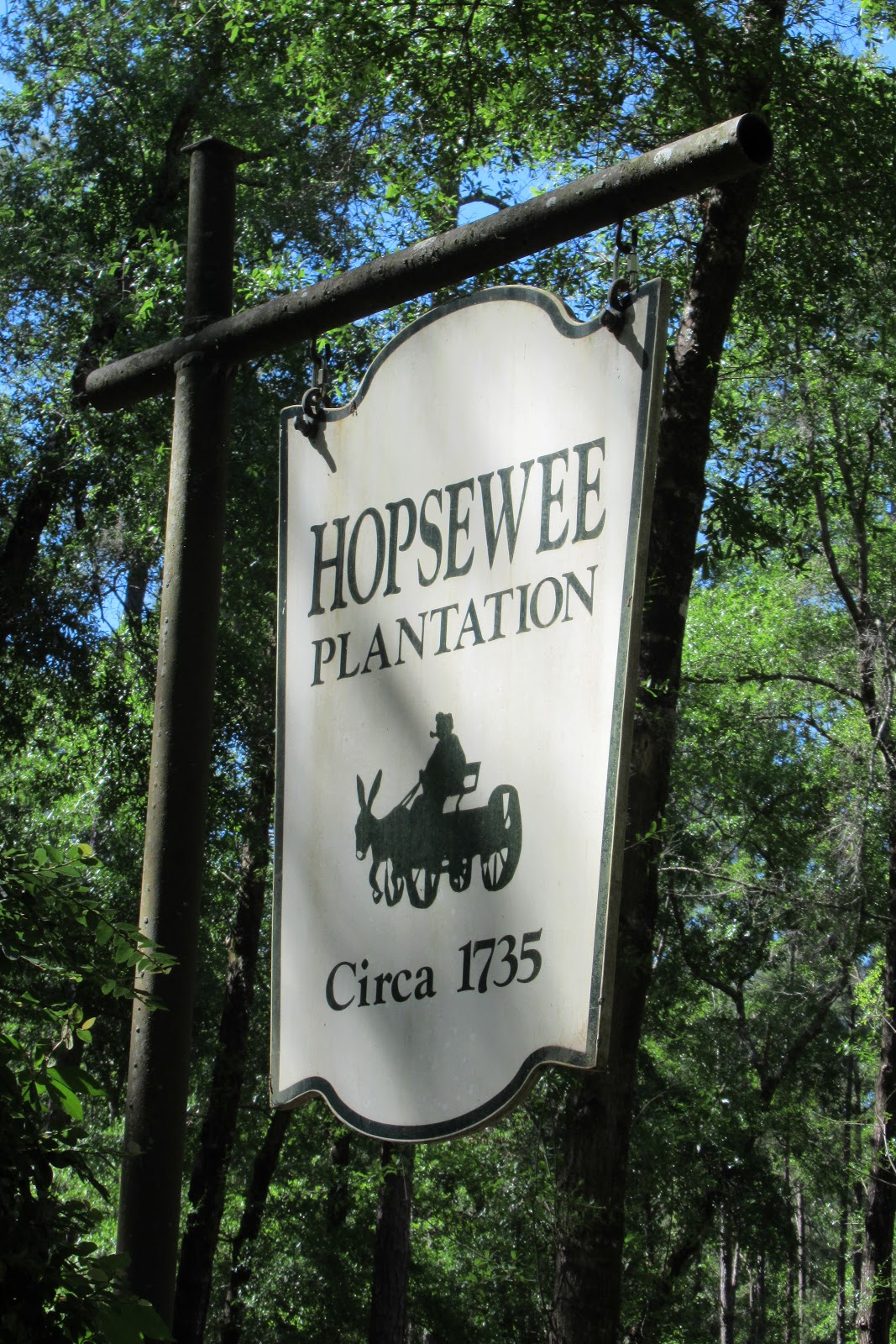
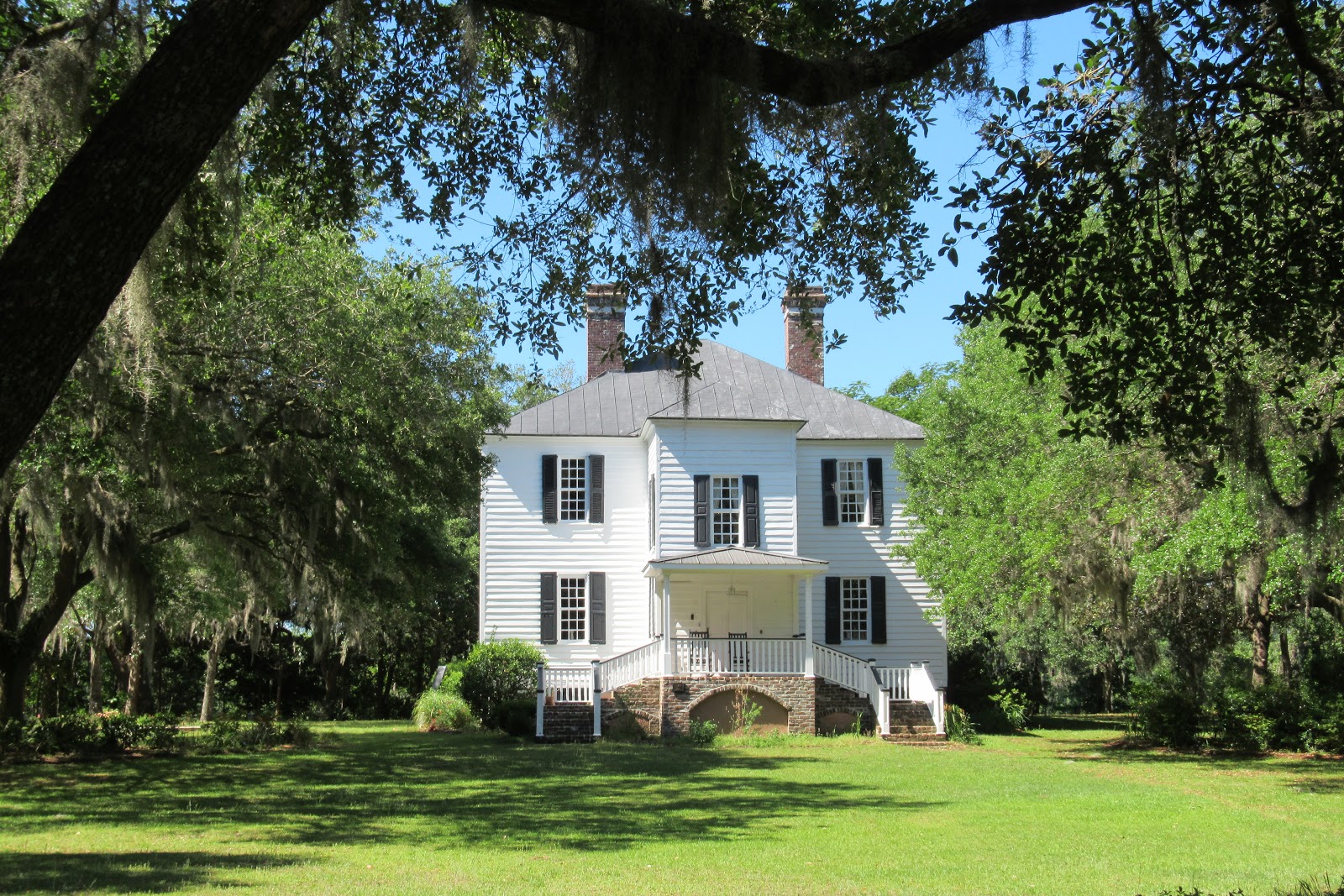
In sharp contrast to the lovely main house, two basic original slave cabins still exist on the property. Slaves made up 85% of the County’s population during that time.
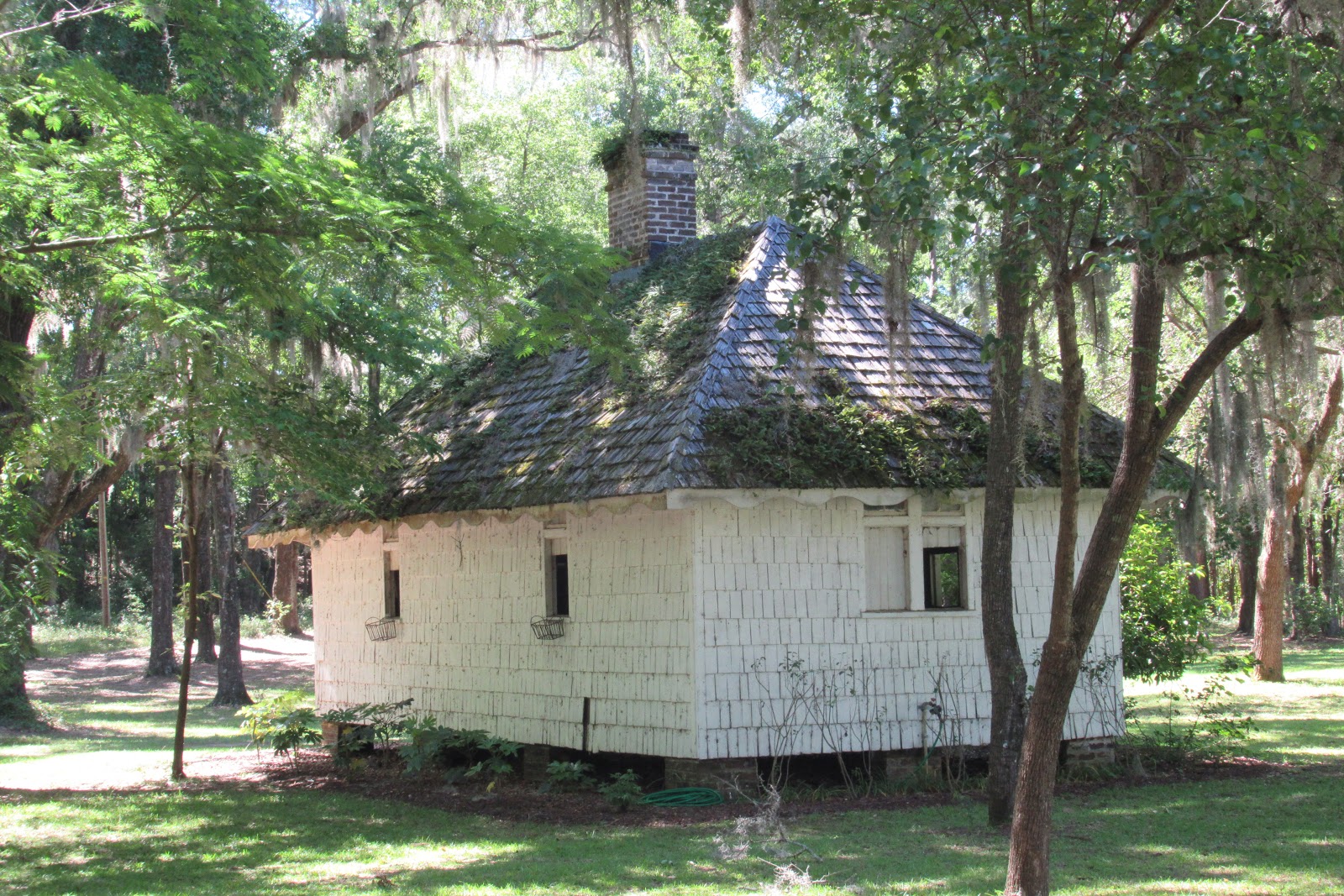
What’s not so swell about Georgetown: the smell! That’s right, the smell. International Paper has operated a paper mill here since 1936 … the largest paper mill in the world, in fact. I don’t know what chemical processes produce the stinkiness, but when the wind blows just right … peeeee yooooo!
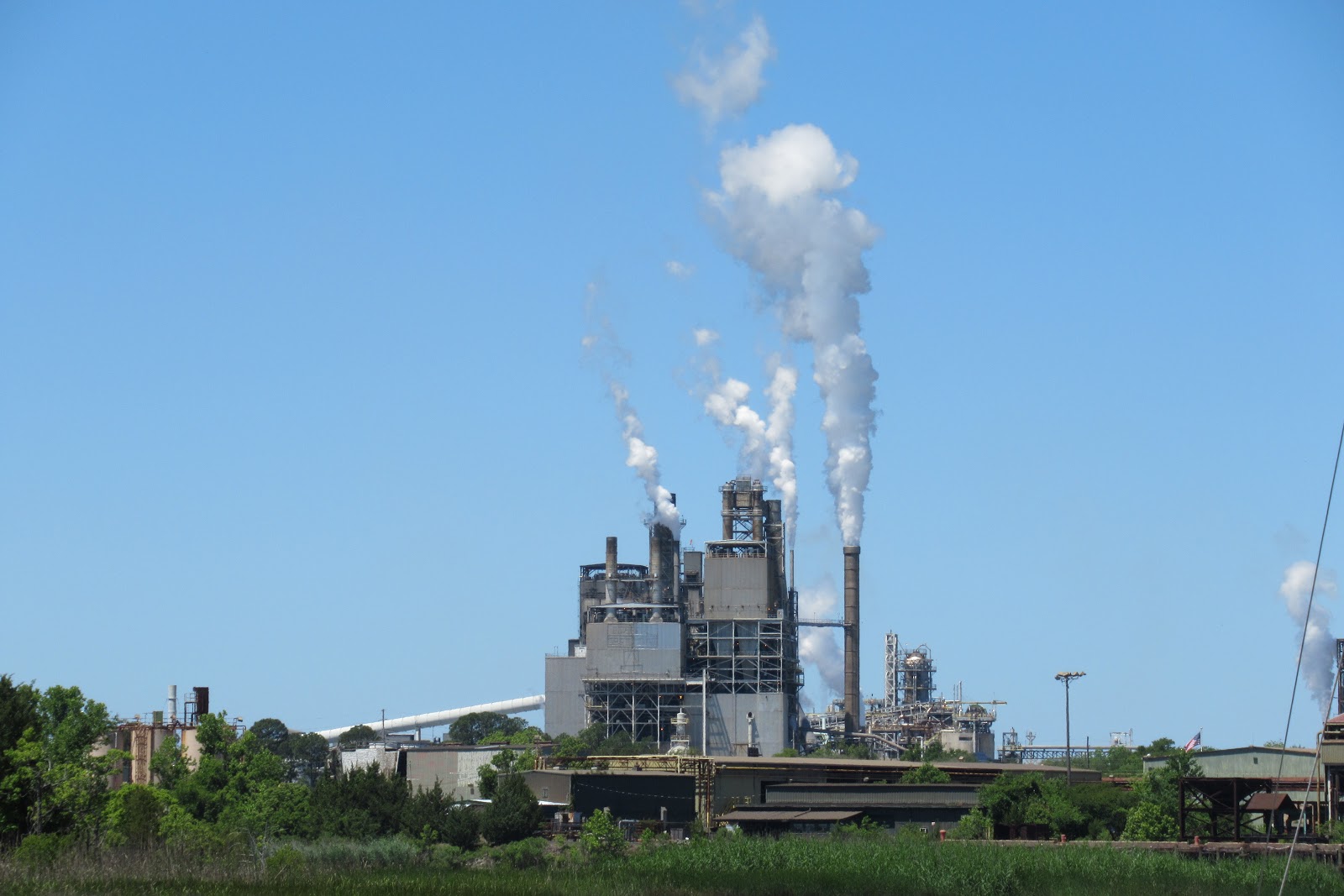
A short drive in either direction leads to additional fun. In Murrell’s Inlet, 20 miles north, Huntington Beach State Park offers great kayaking along the inlet waterways ….
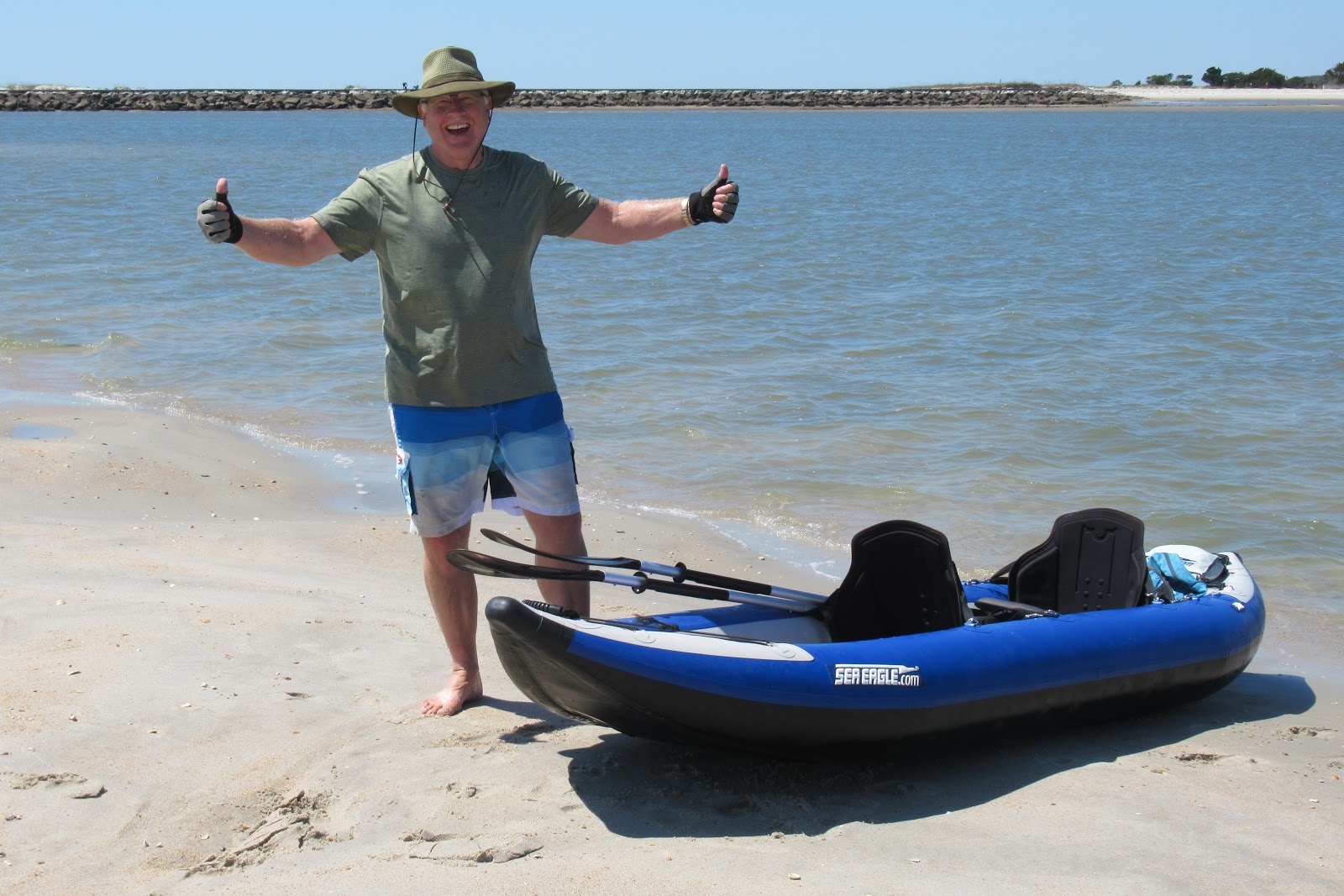

… all the way to the jetty at the mouth of the Atlantic Ocean! This is about 3 1/2 hours round trip kayaking.
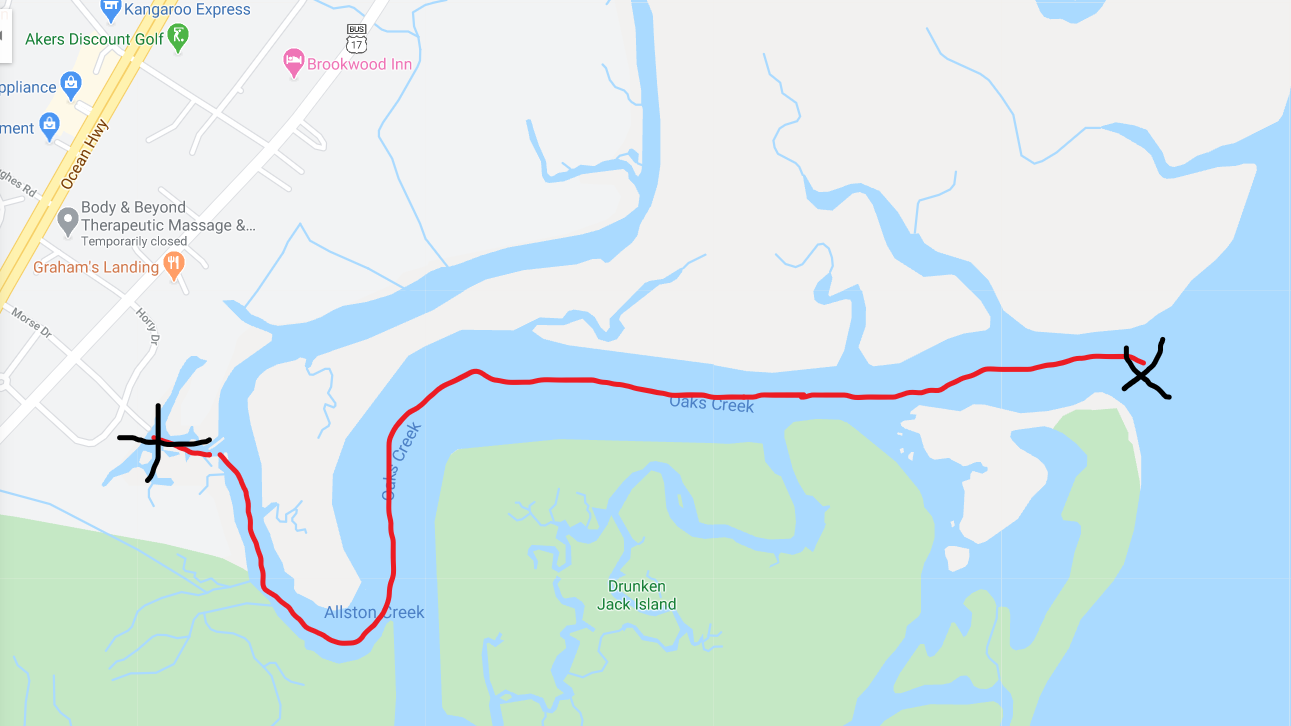
The tide was just coming in when we reached the jetty wall separating the creek from the ocean, making it look like that boat behind Philip is skimming along on the sand!
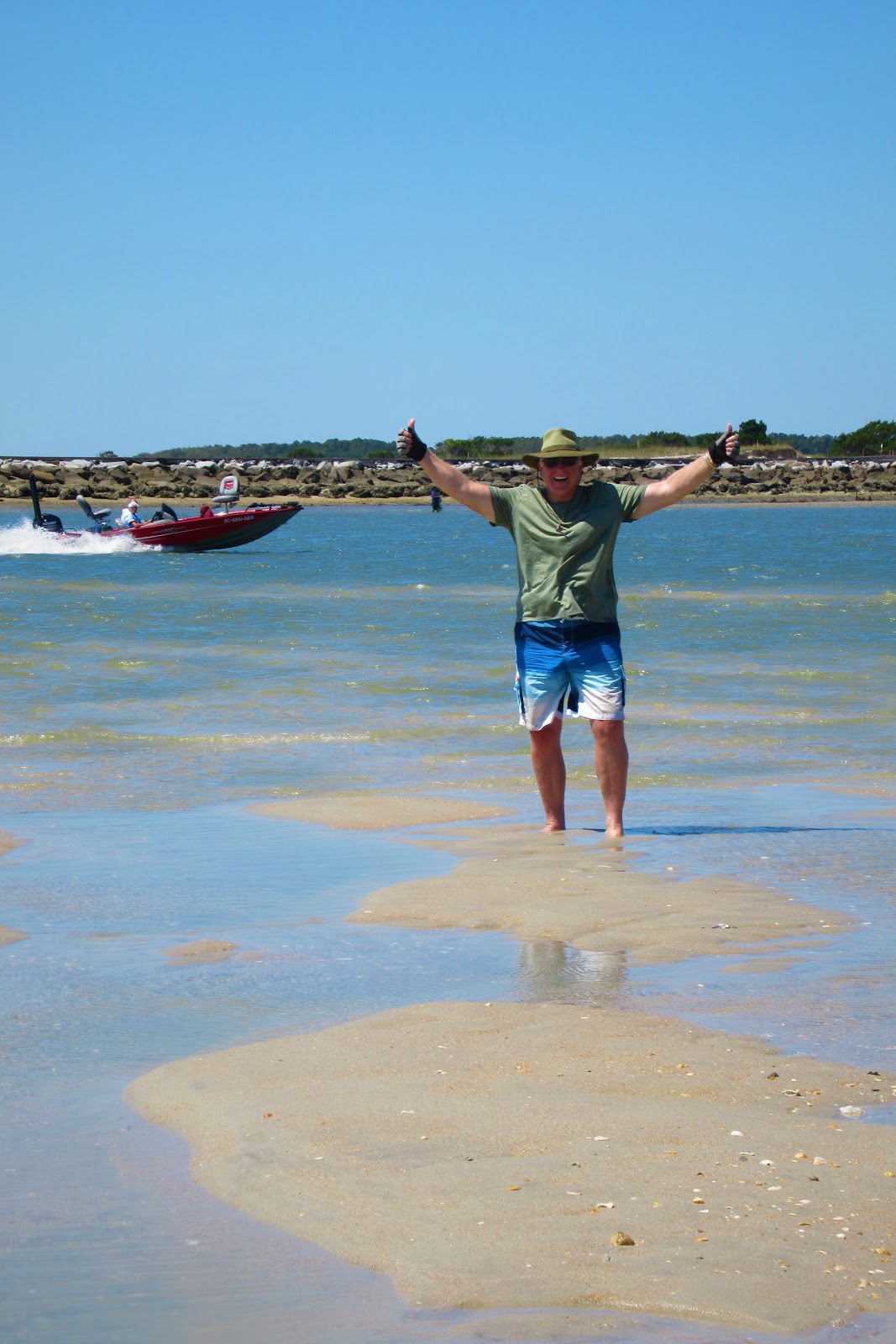
People were digging for oysters all along the banks, and we passed an oyster recycling bin. Why, you ask, would one recycle their oysters? Oyster larvae need a hard surface to attach to and grow. The best hard surface? Another oyster shell!
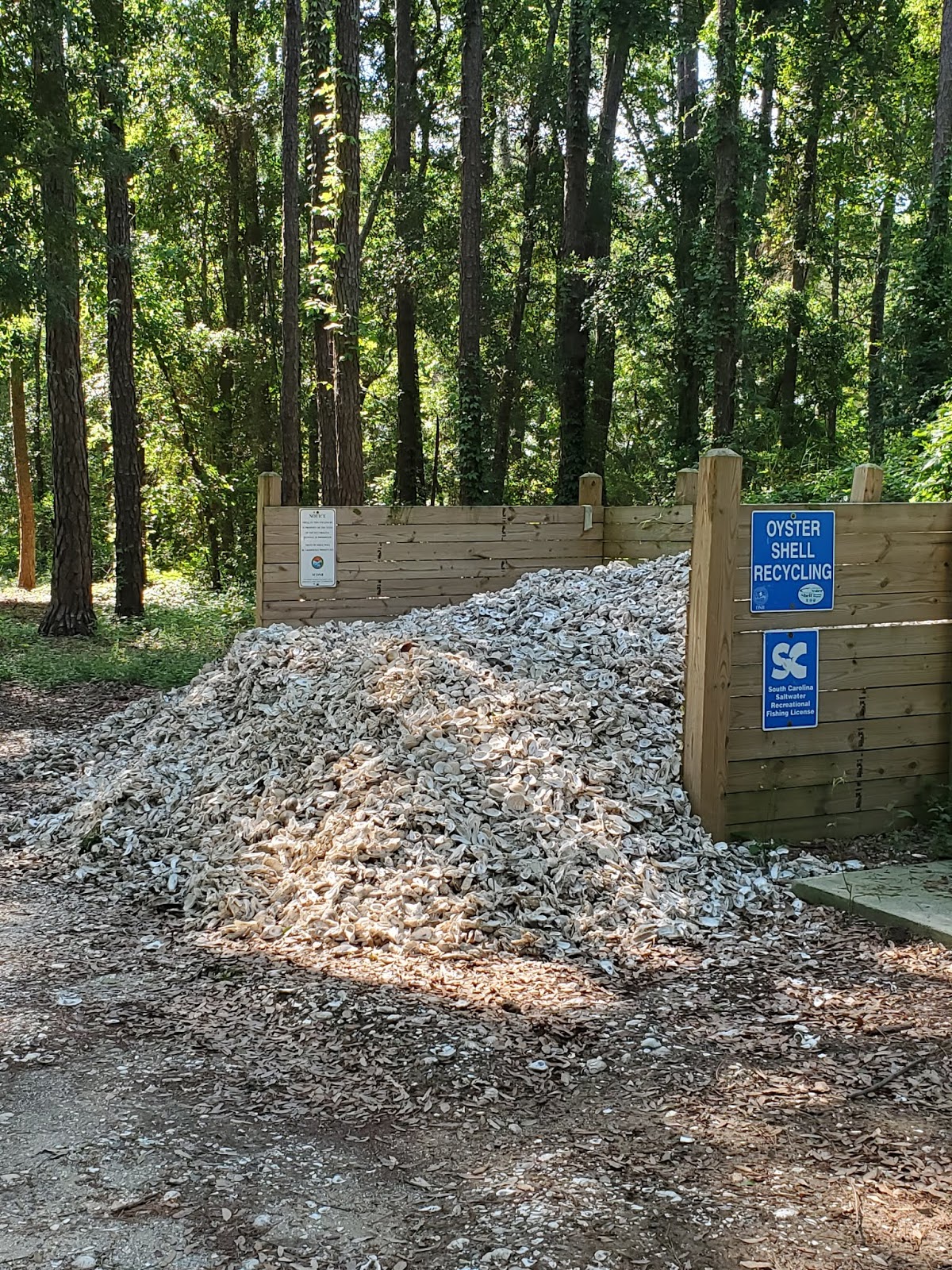
Huntington Beach has sunny, sugar-white sand beaches, perfect for swimming, until …… EEEK! Poisonous jellyfish! Everywhere, and I mean everywhere, in all the waters, ocean and waterways. It was very entertaining to watch people run into the water, start splashing around … and then … wait for it …. the moment they look at what’s floating around them and run screaming back to the sand. Good times!
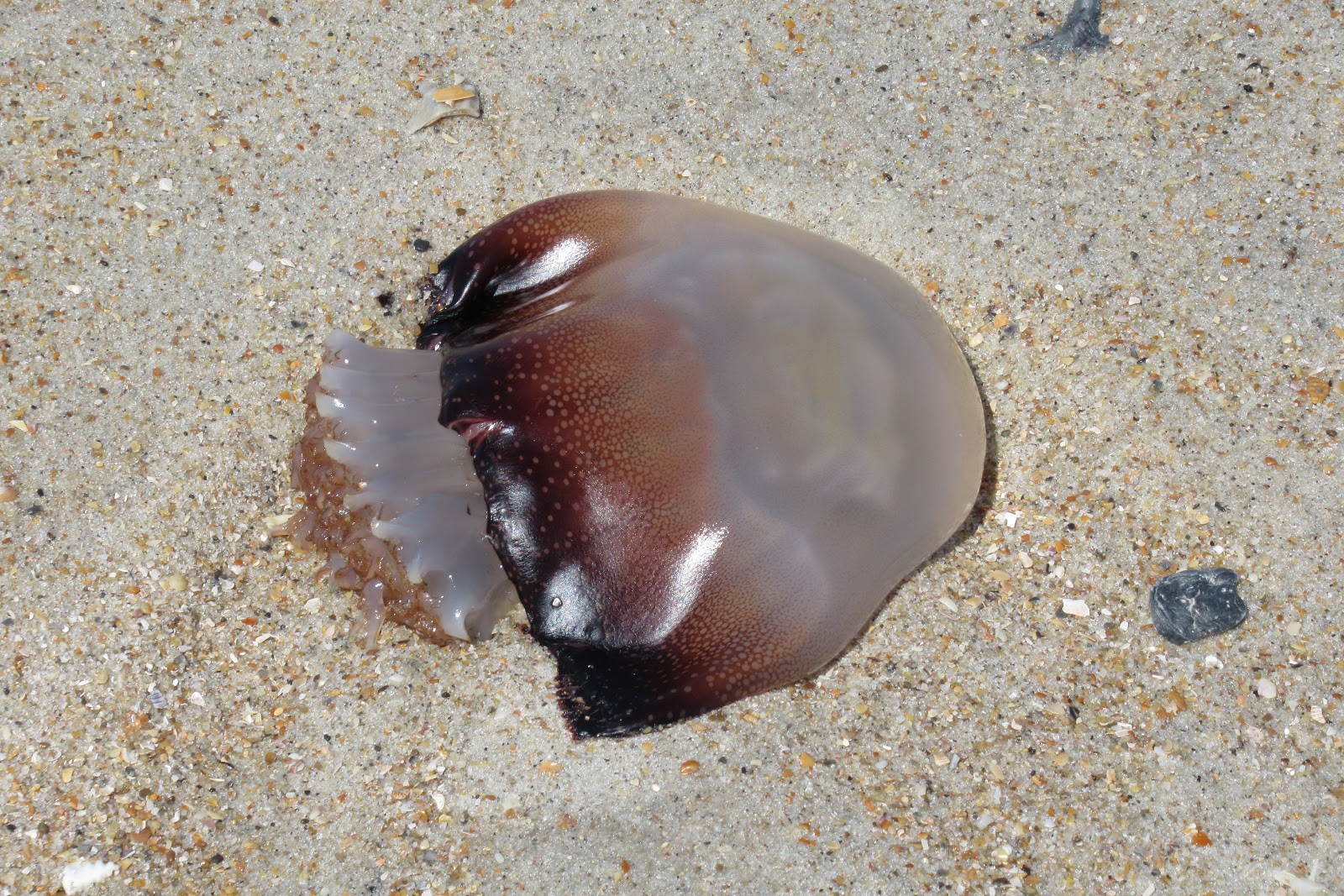
Also in Murrell’s Inlet, the spectacular Brookgreen Gardens was the first public sculpture garden in the U.S., and is considered one of the Top 10 Gardens in the U.S.
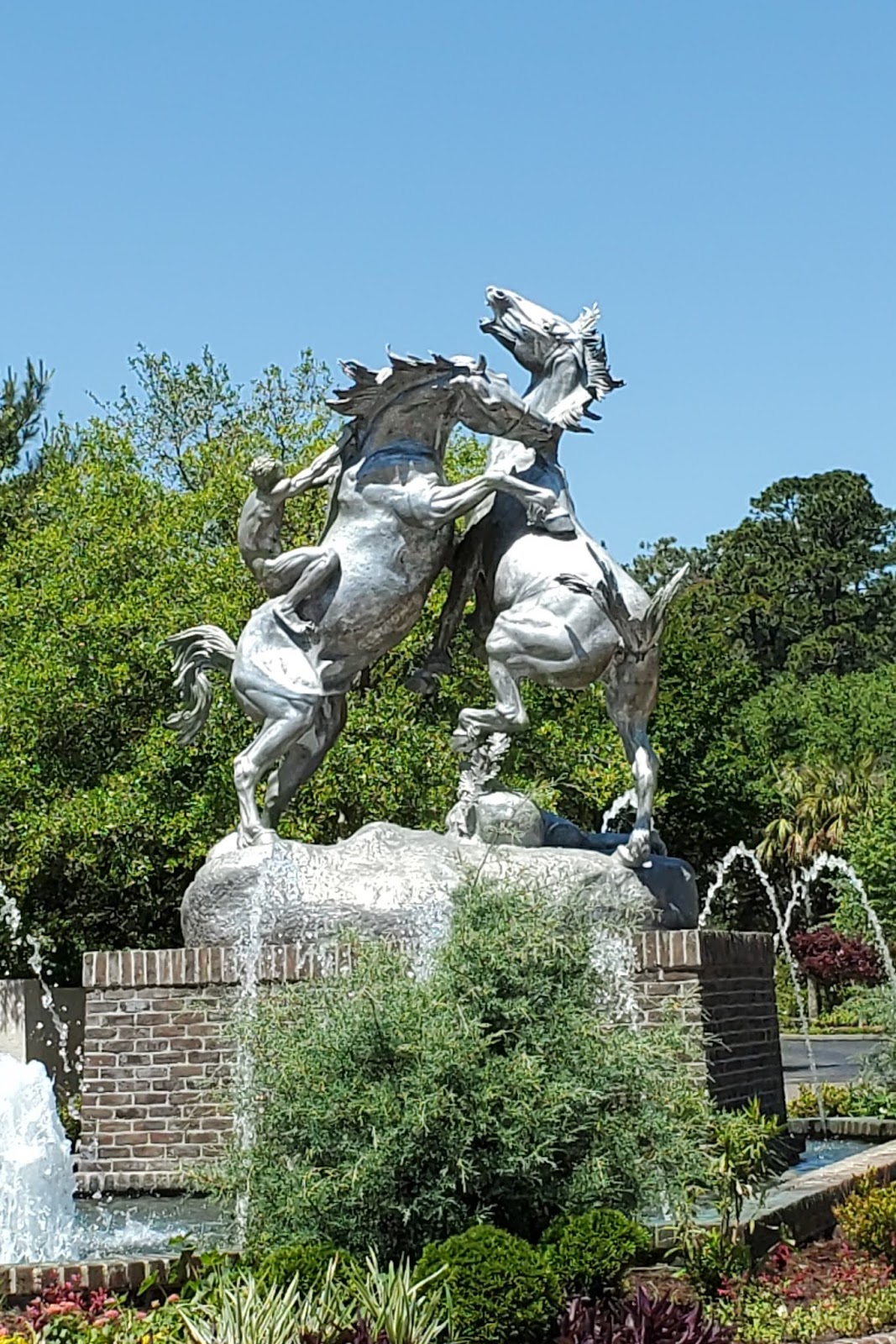
Set on 1,600 acres, Brookgreen’s sculpture garden area alone is more than 550 acres, with 2,000+ works of art displayed in indoor and outdoor galleries, and gorgeous garden settings.
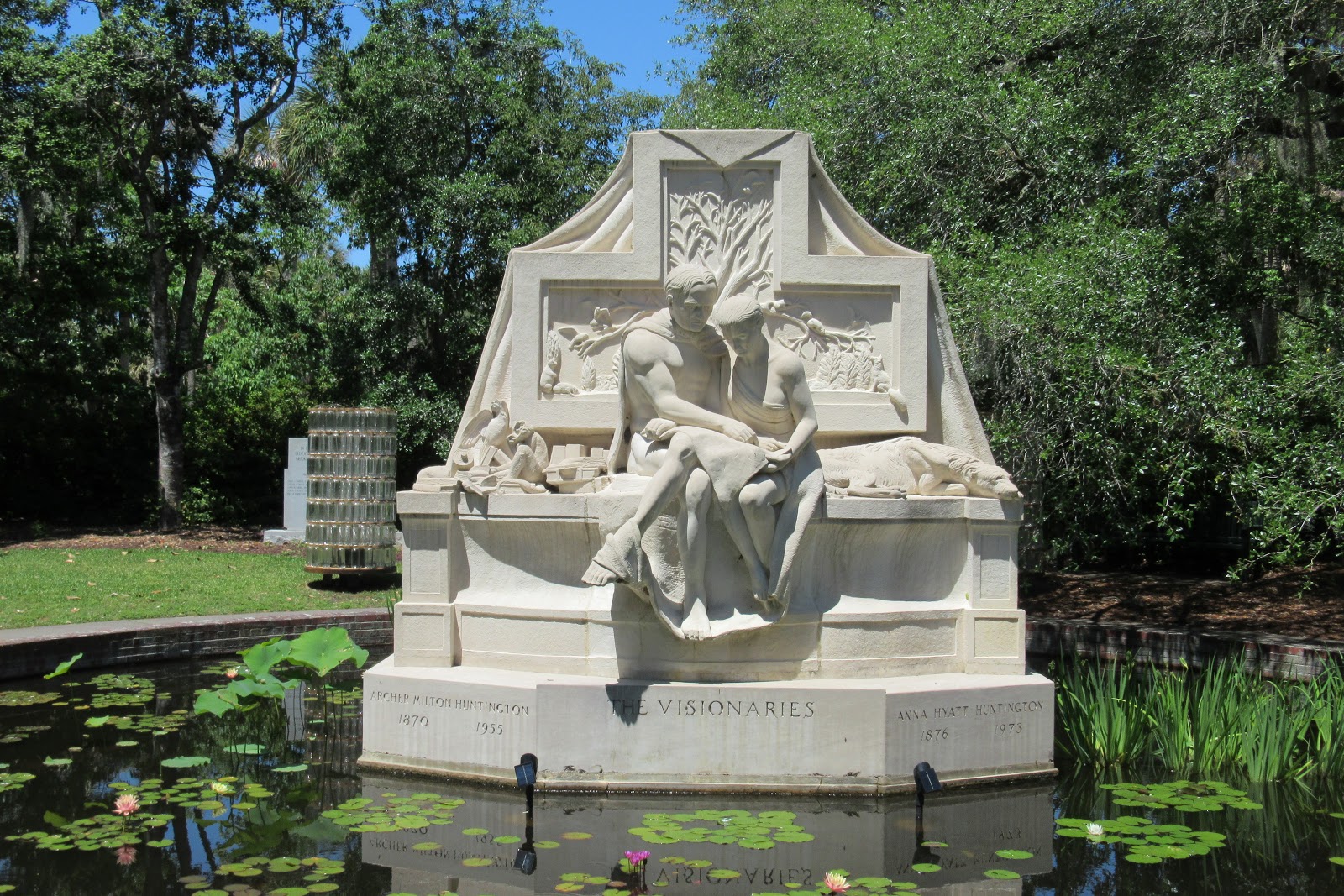
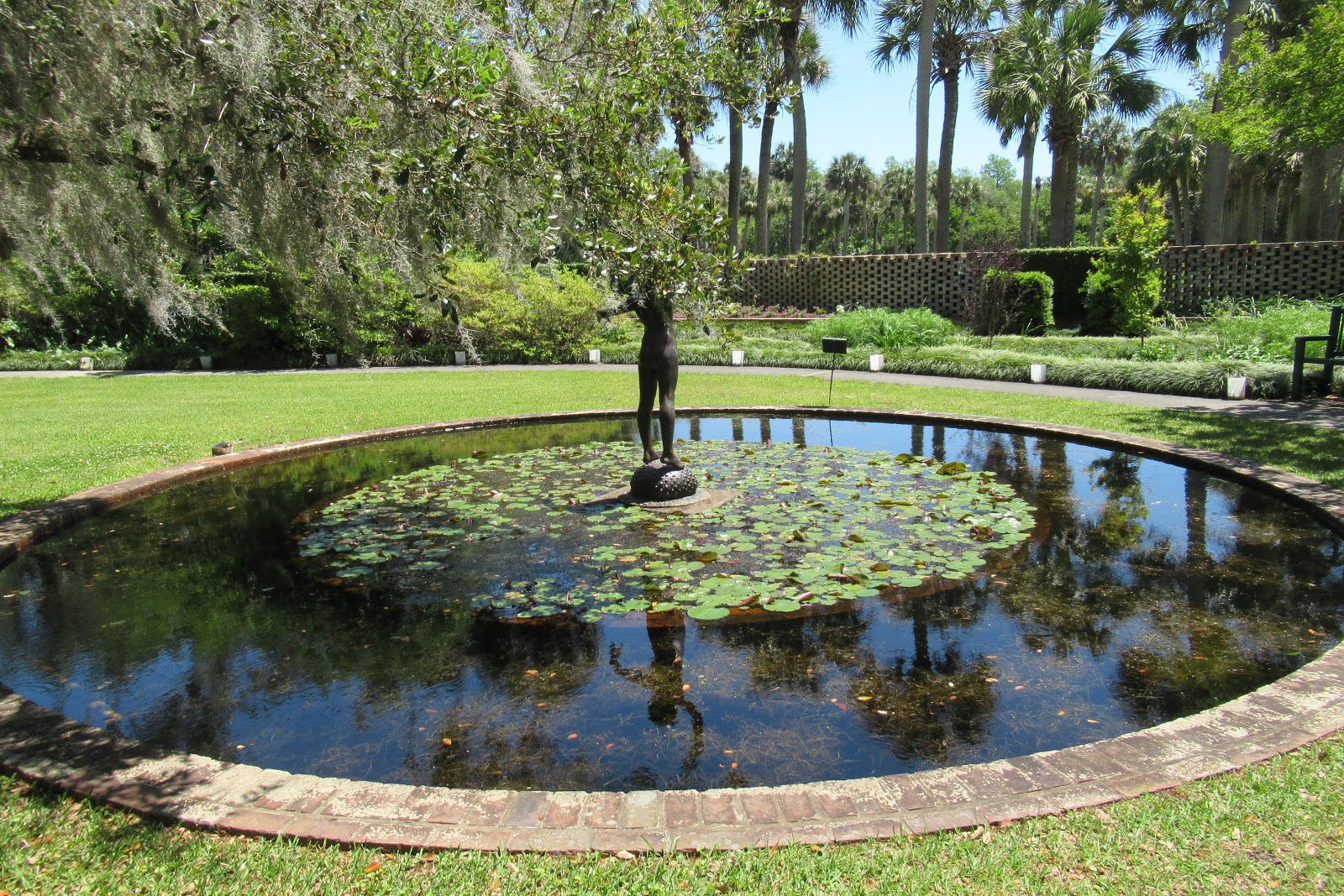
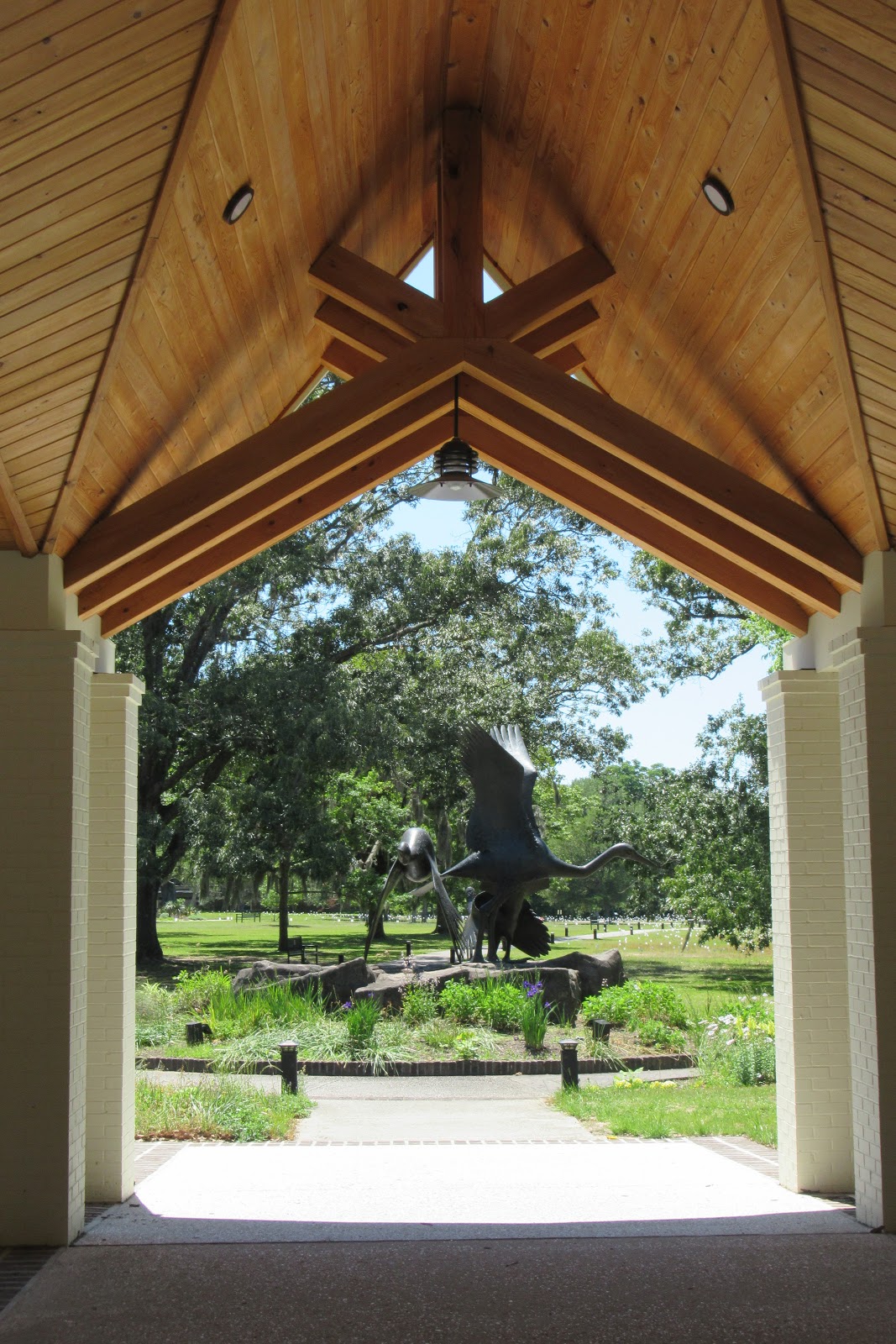
Brookgreen also has historical displays related to their plantation past, and a small zoo.

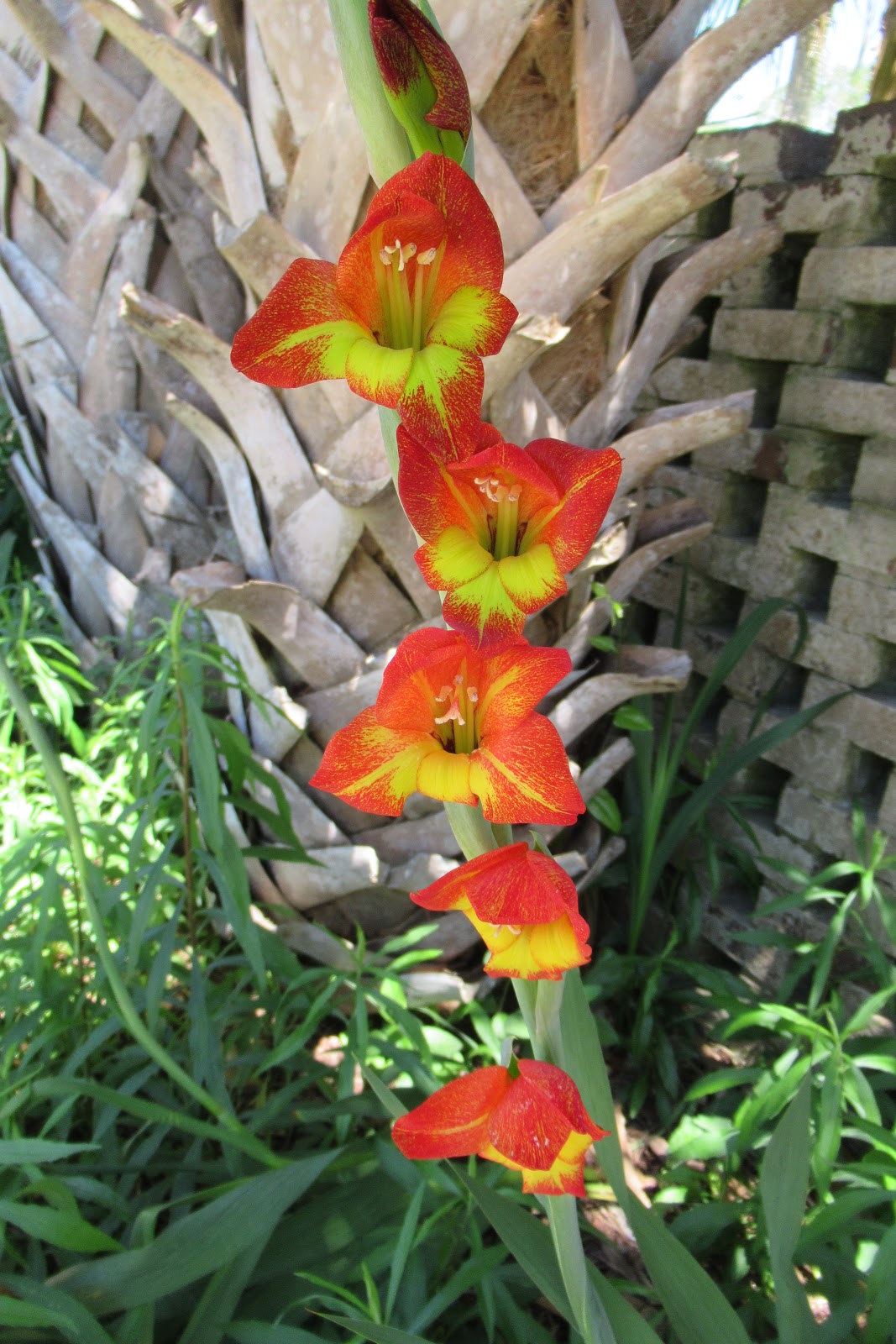
A touring “Fields of Light” display here by artist Bruce Munro was delayed by Covid-19, but was installed and ready to roll as soon as somebody important shouts “GO.”

Here’s what it will look like at night when they flip the fiber optic switch!
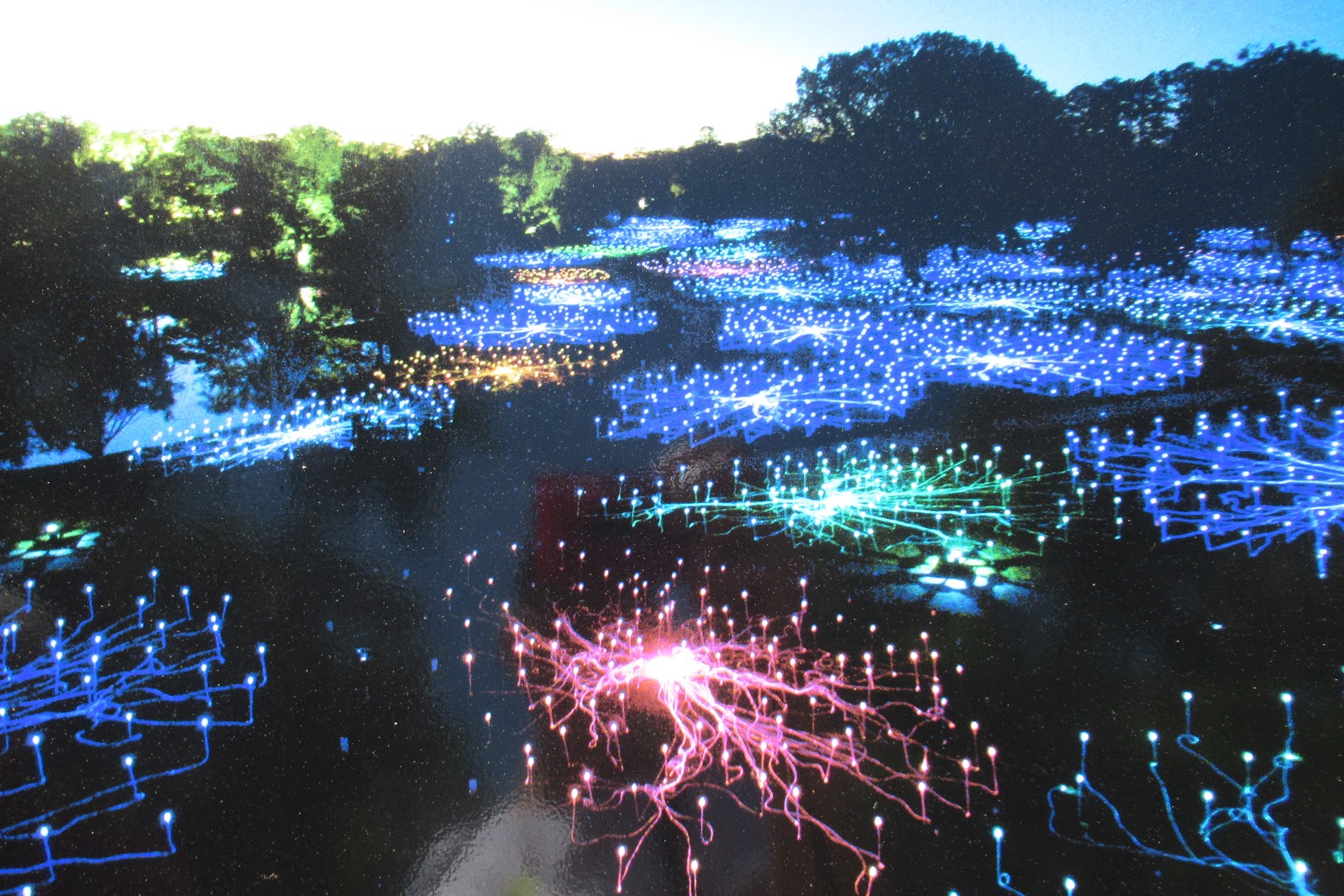
Other excursions from Georgetown included hiking in the Francis Marion National Forest. We mighta-not have been supposed to be there, since they mighta-not quite have opened back up yet. Oops! But the nice sheriff decided to let Philip go with just a warning.

Our interest in anything called Francis Marion, except perhaps the Francis Marion Pawn Shop, has been piqued by a painting Philip’s brother did of Francis Marion that hangs in our home. He was called the “Swamp Fox” for his unique fighting style during the Revolutionary War. Here, he is shown releasing bubbles containing the ruling English monarchy.
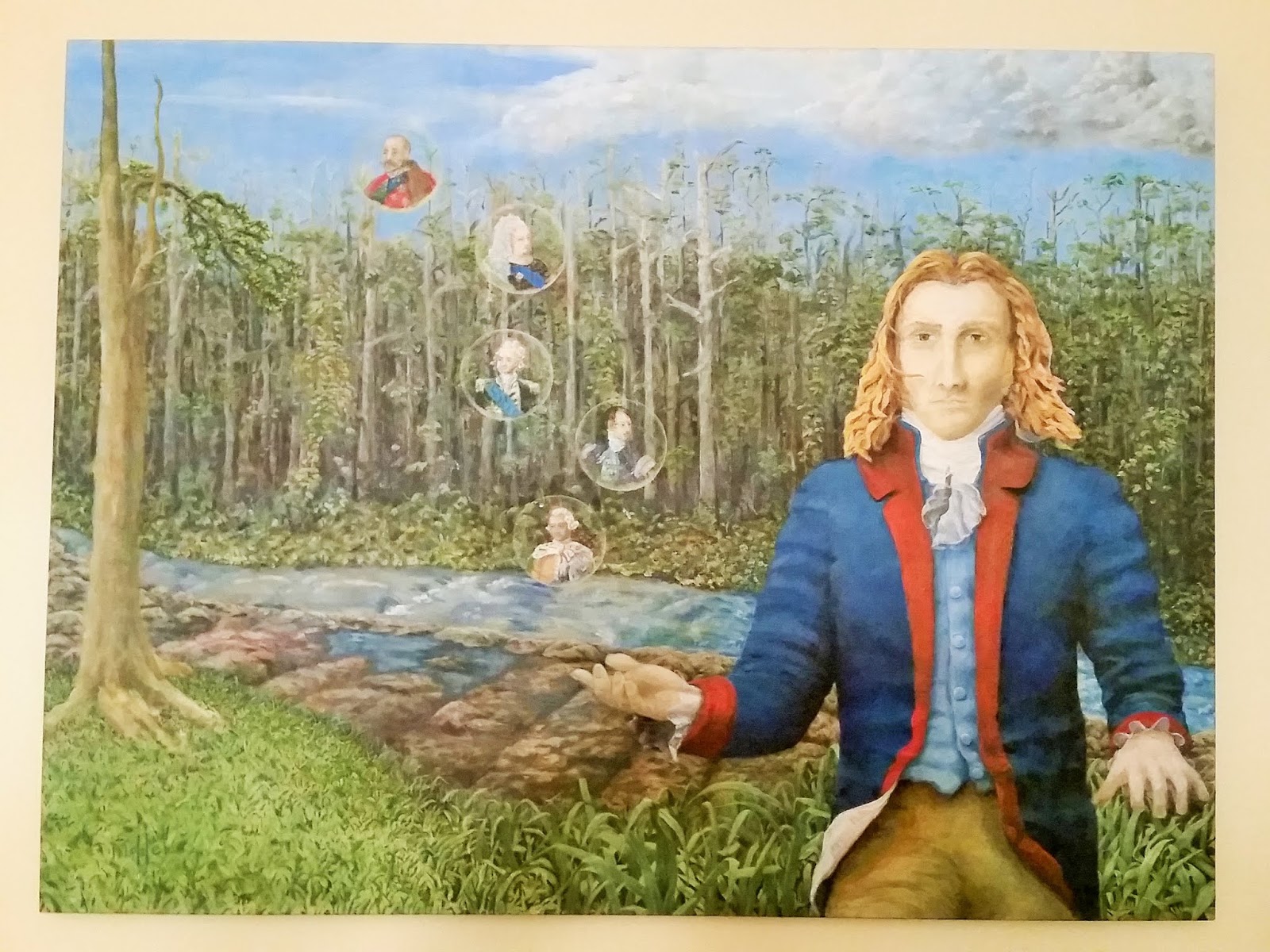
Instead of just lining soldiers up in a row and marching toward each other and firing, may the best man stay standing, he took his men stealthily through the swamps and snuck up on the enemy. This was very, well, revolutionary in those days. It’s hard to imagine making your way through this, waist-deep, with all your gear, day after day after day … and the mosquitoes, OH THE MOSQUITOES!
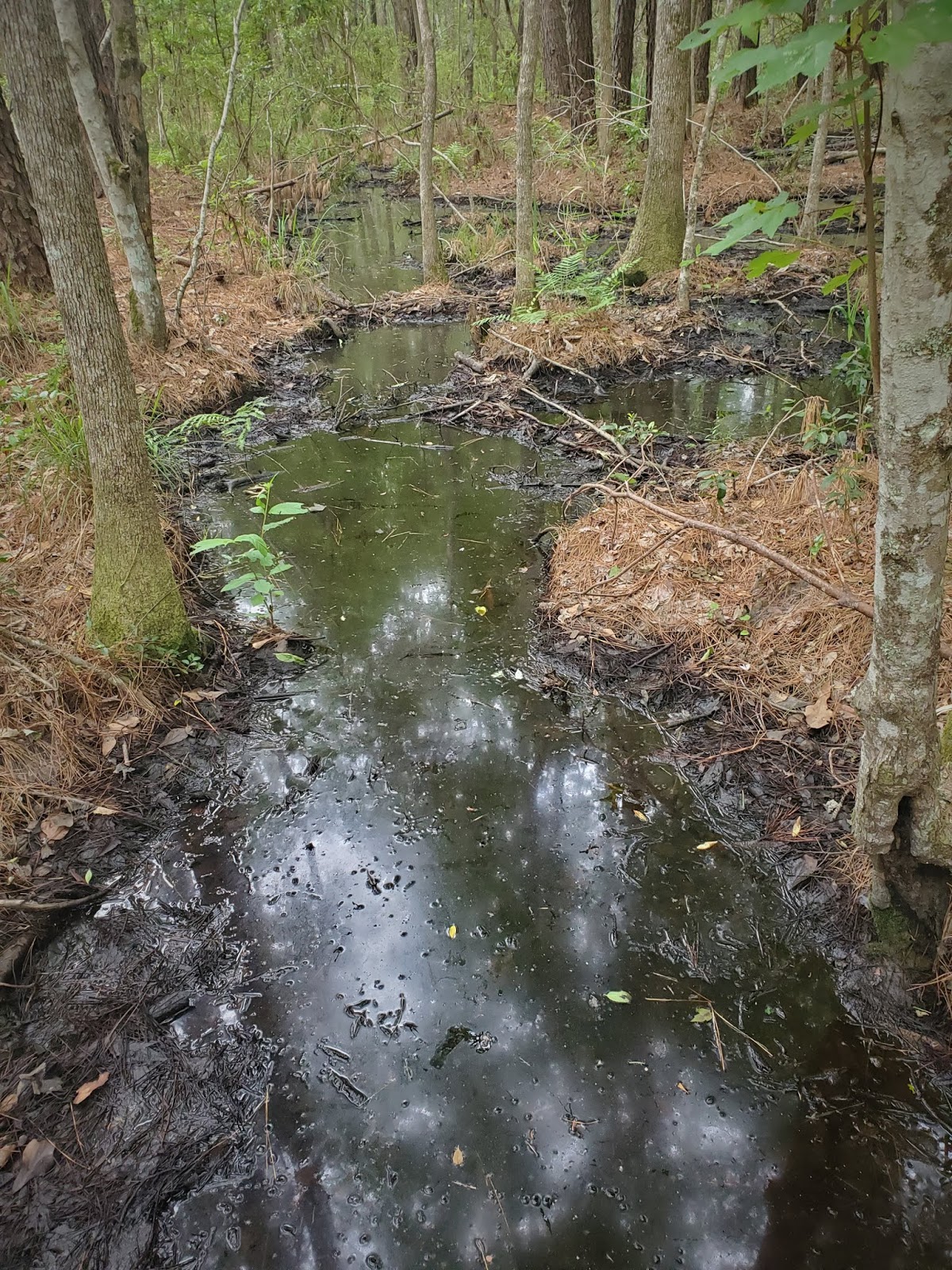
Continuing south about an hour from Georgetown, Charleston is a city of memories for Philip, who lived here for a while as a child, and a city of beauty and charm to all who visit, with its cobblestone streets and stately mansions.

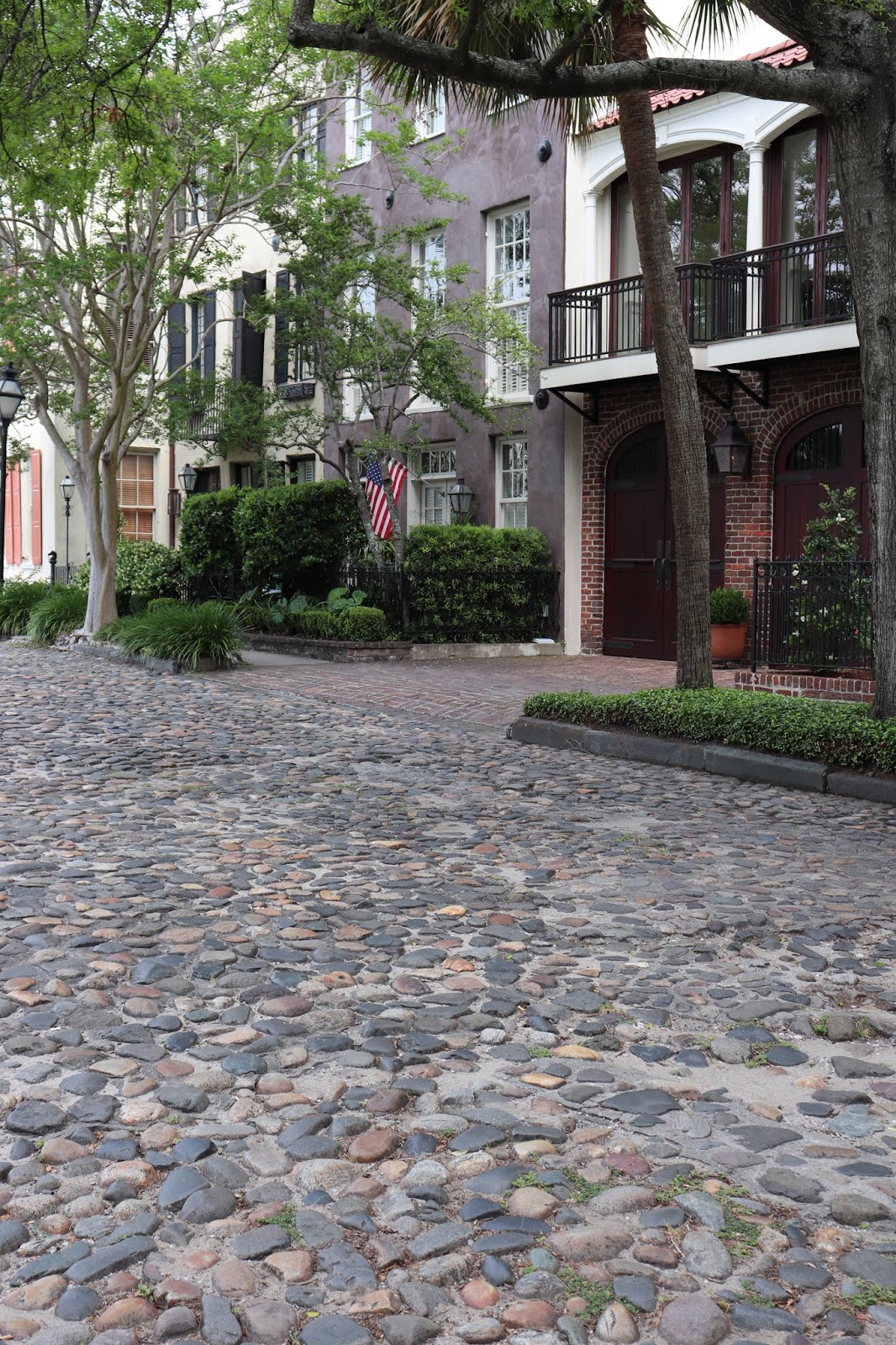
Most houses have gorgeous tucked-away private gardens with artwork or fountains.
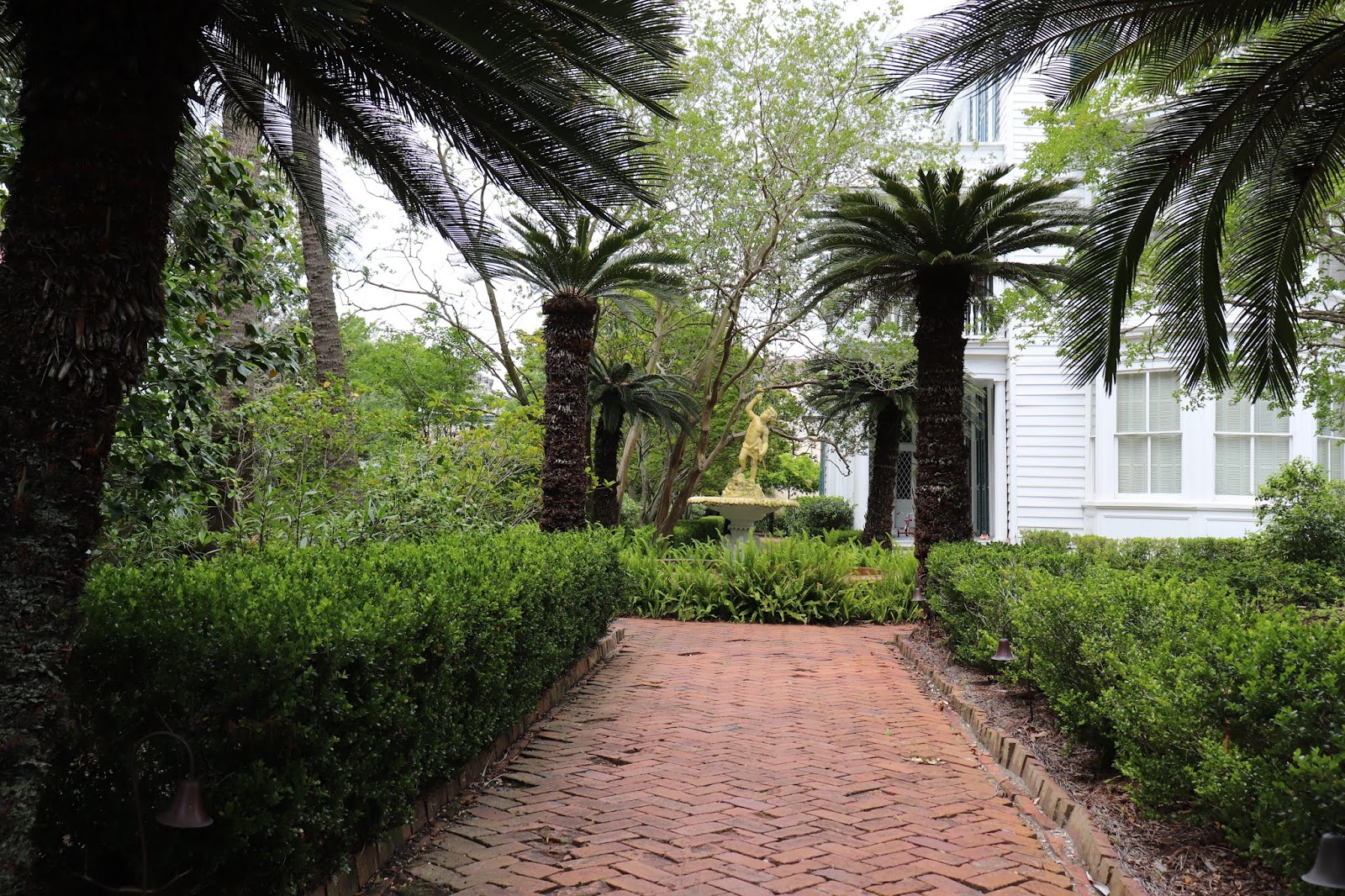
Many of the houses have what looks like a front door along the street, but you can see by the side view that the door leads only to a porch! Usually, the porch is situated to catch cool breezes off the water.

We spent part of our honeymoon 12 years ago in Charleston, and at that time rode our bikes up and over the Ravenel Bridge. When built in 1929, it was noted for “steep approaches, stupendous height, extremely narrow width, and a sharp curve at the dip conspire to excite and alarm the motorist.” Isn’t she a beauty with her dual suspension towers?

Battery Park is the location where the Confederate soldiers defended Charleston from the Union soldiers stationed on the nearby island of Fort Sumter, from which were fired the first shots of the Civil War. Now, it’s a popular park for picnicking and people watching.
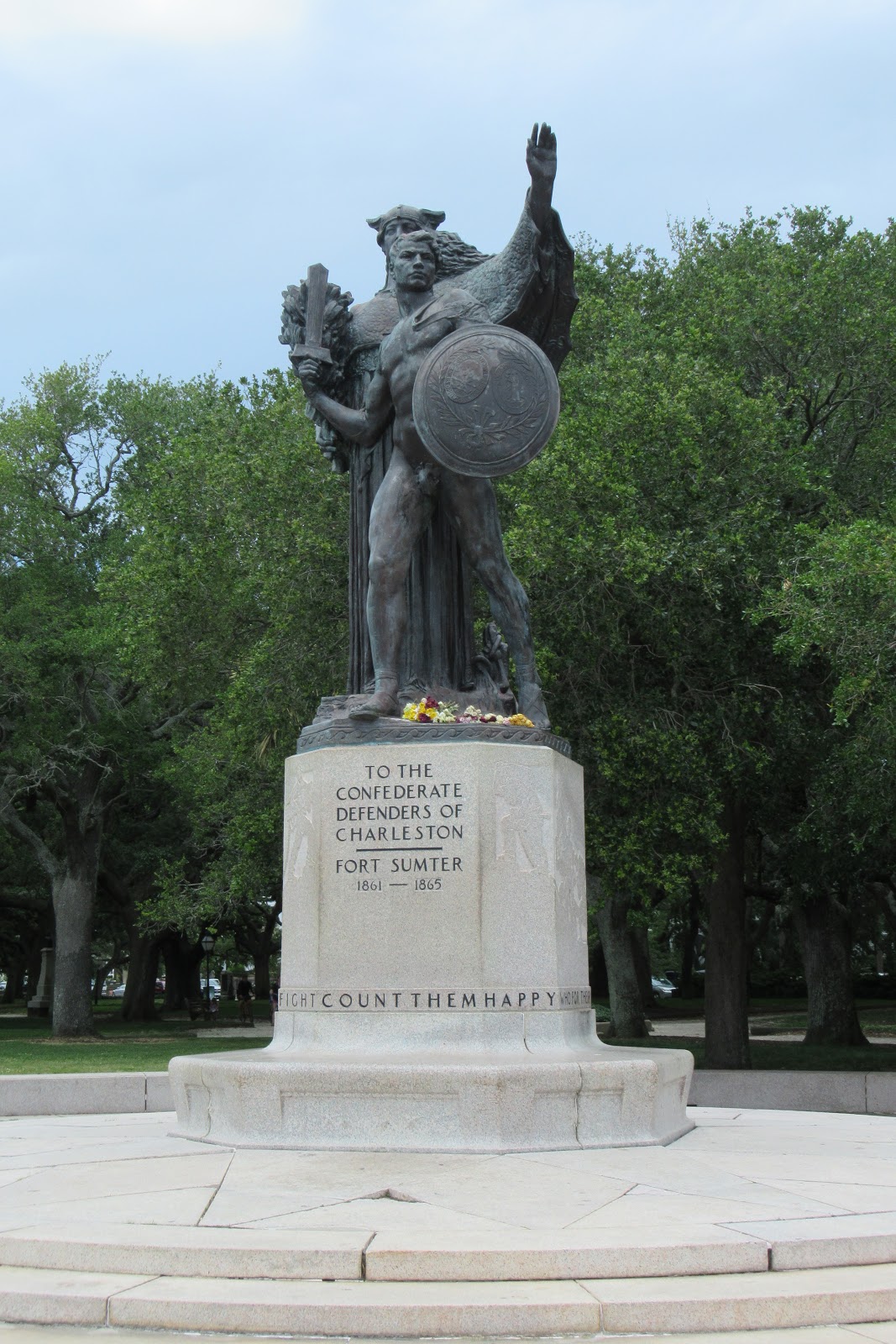
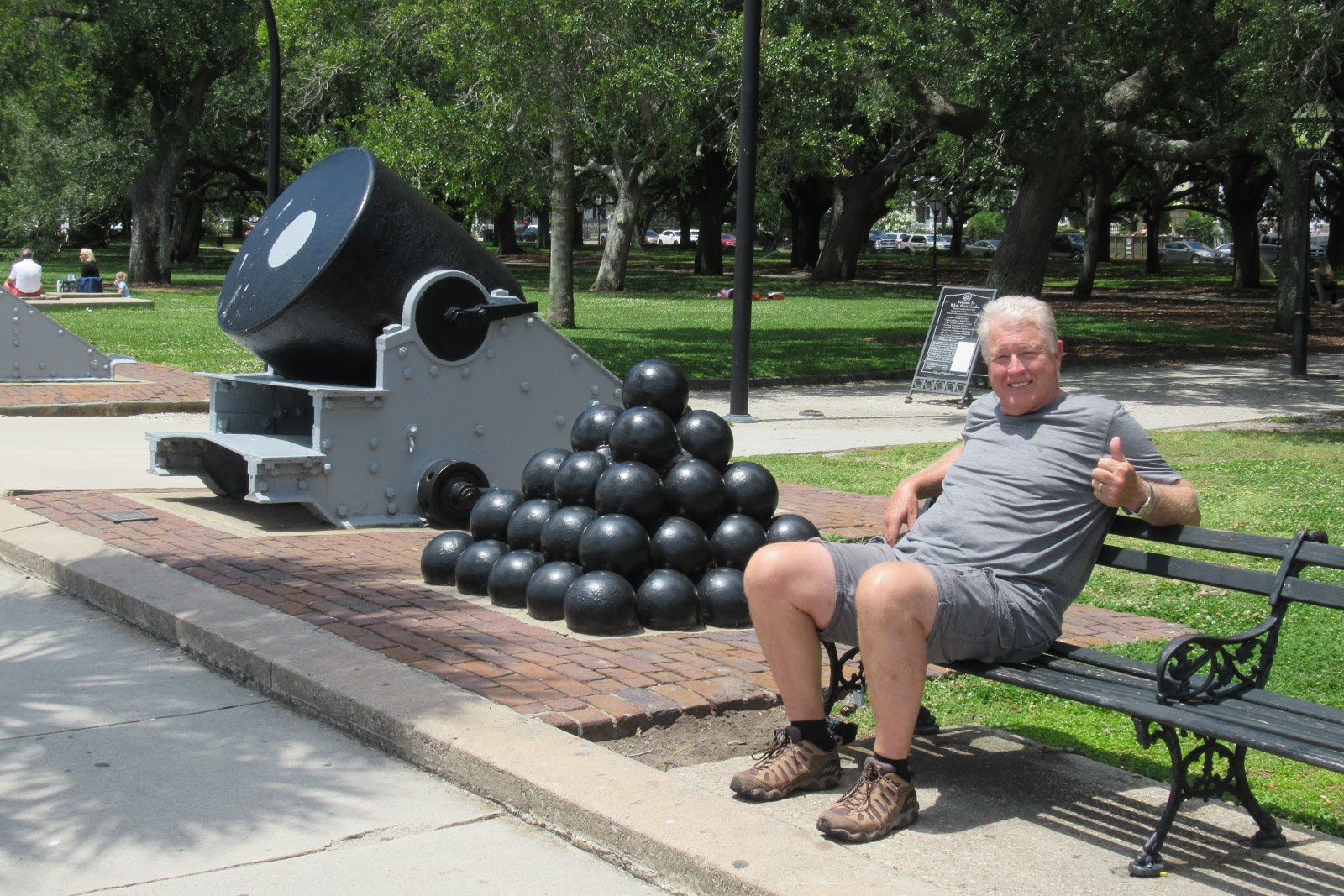
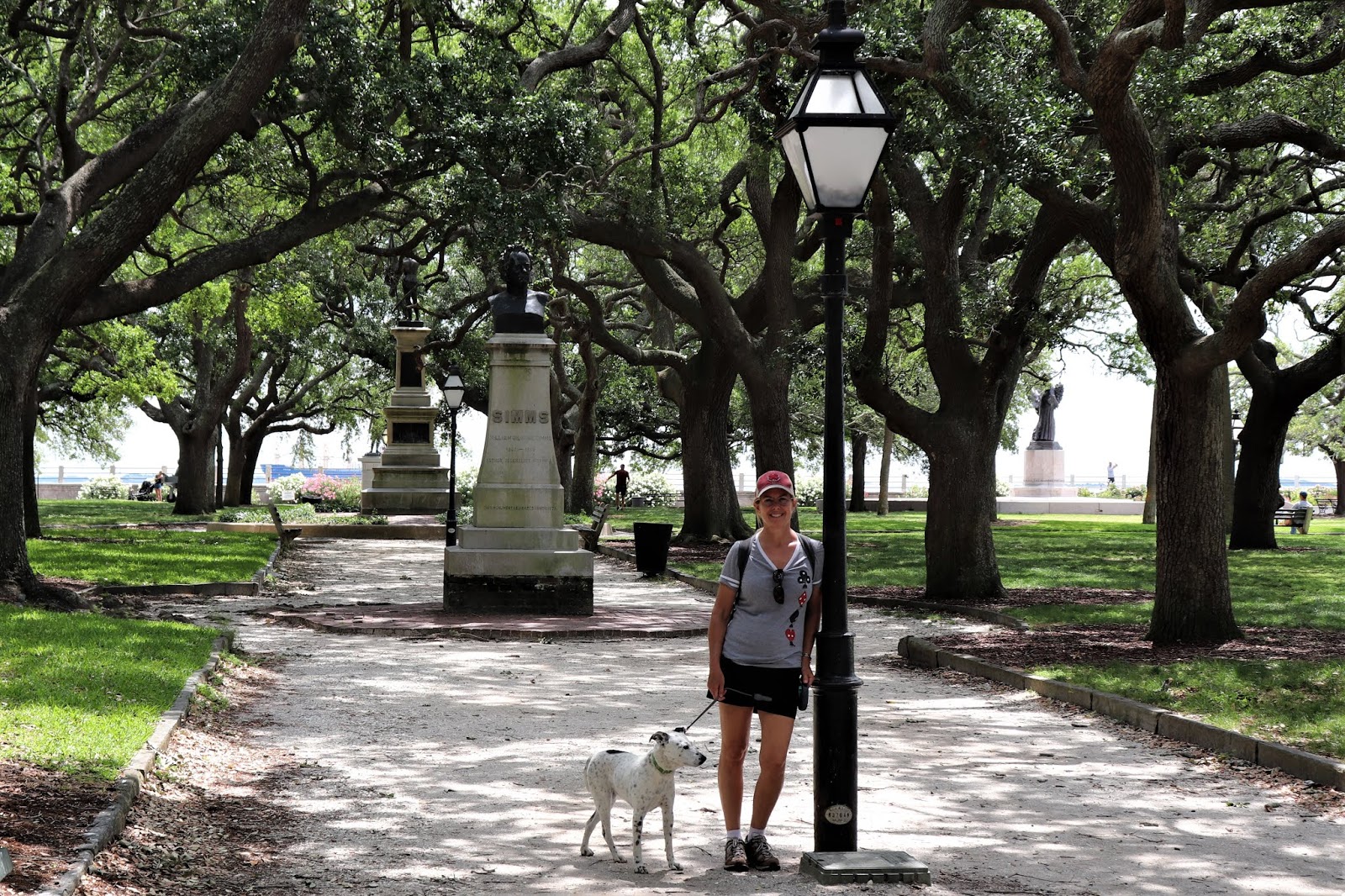
Also, in Charleston, the nation’s oldest liquor store, in continuous operation since 1686!
That’s 334 years of boozin’ it up!
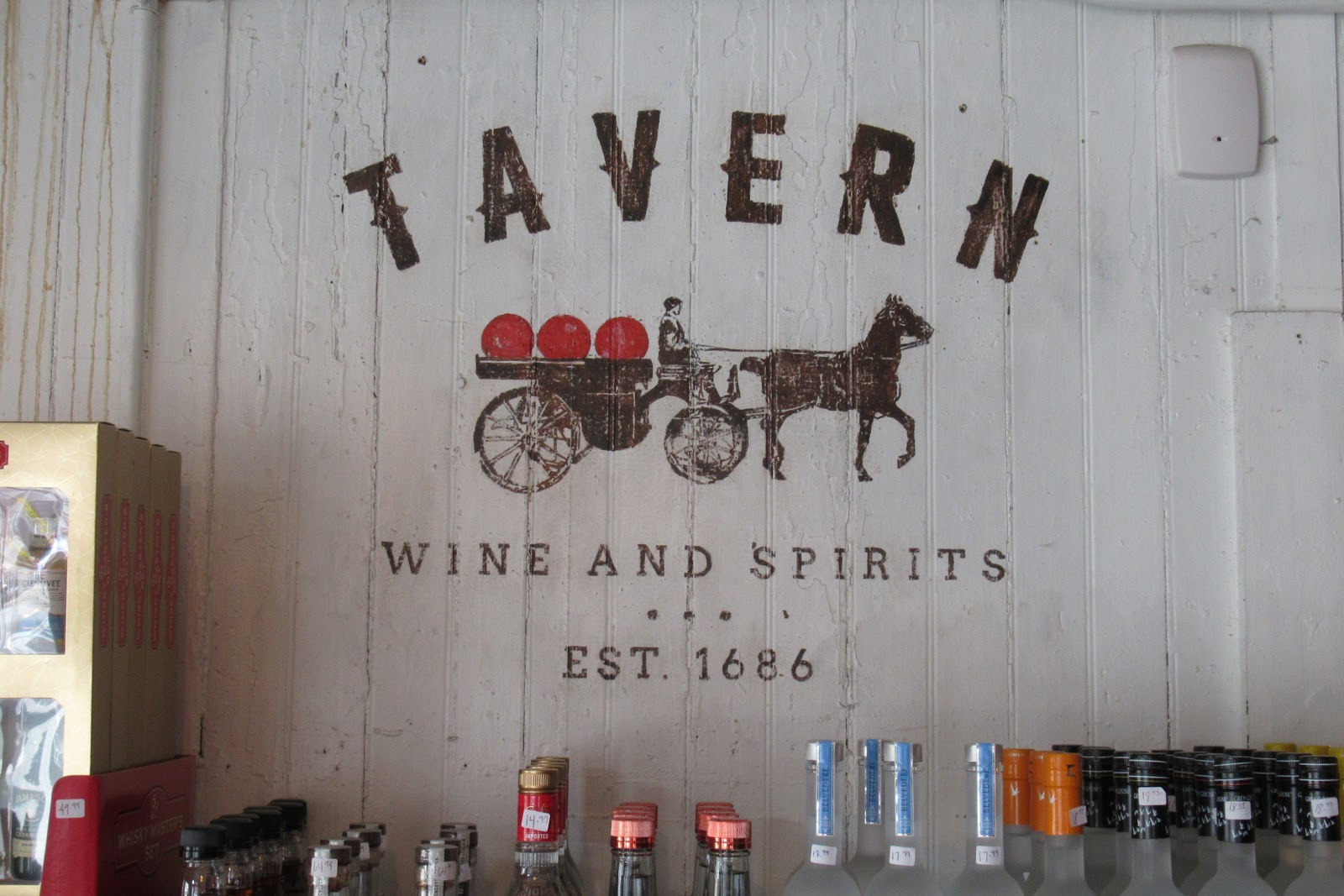
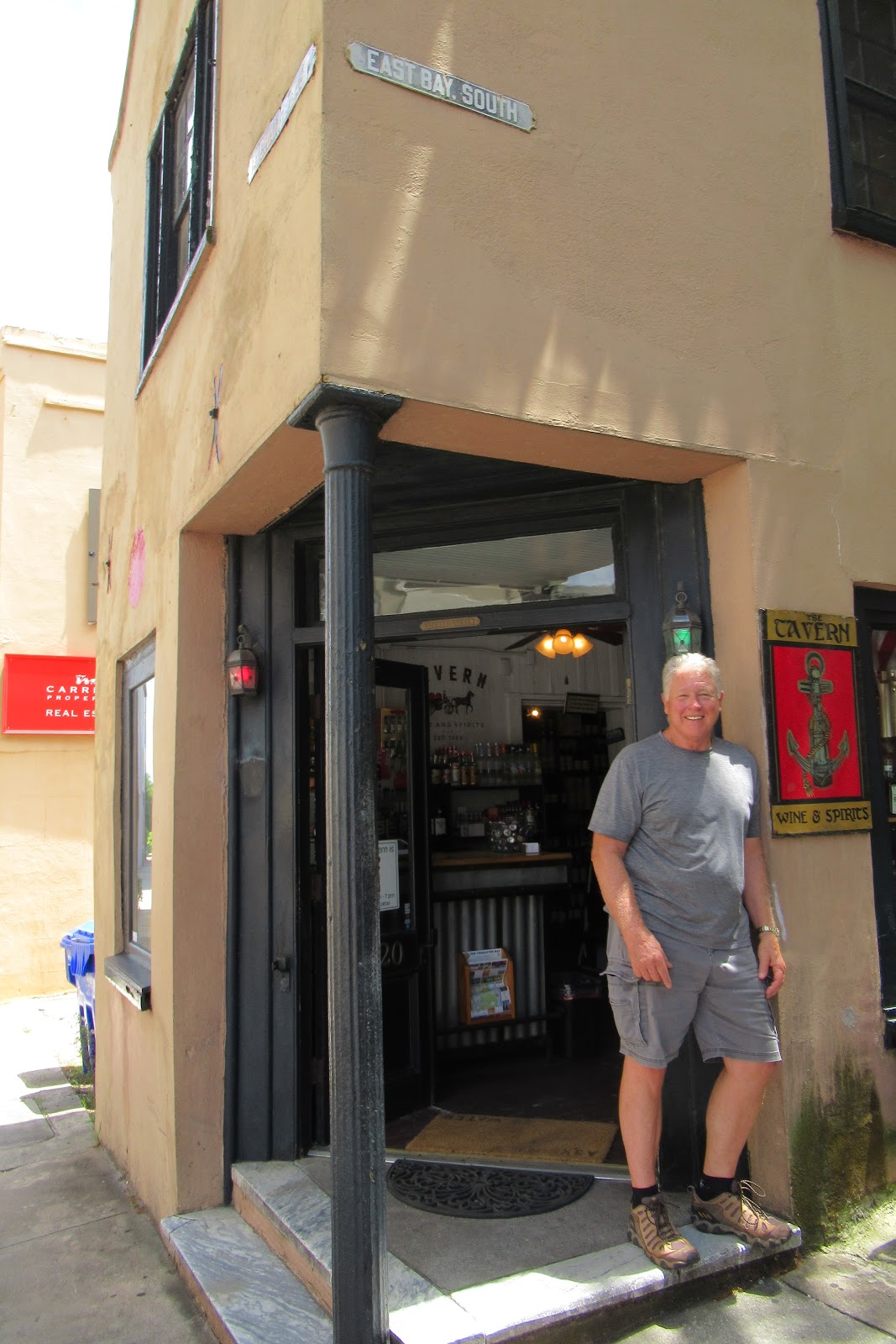
Even during Prohibition, when the Tavern served as a “barbershop” (note the quotation marks), well-connected patrons could come in for a “haircut” and slip through the trapdoor and down the hall to procure a nip of gin.
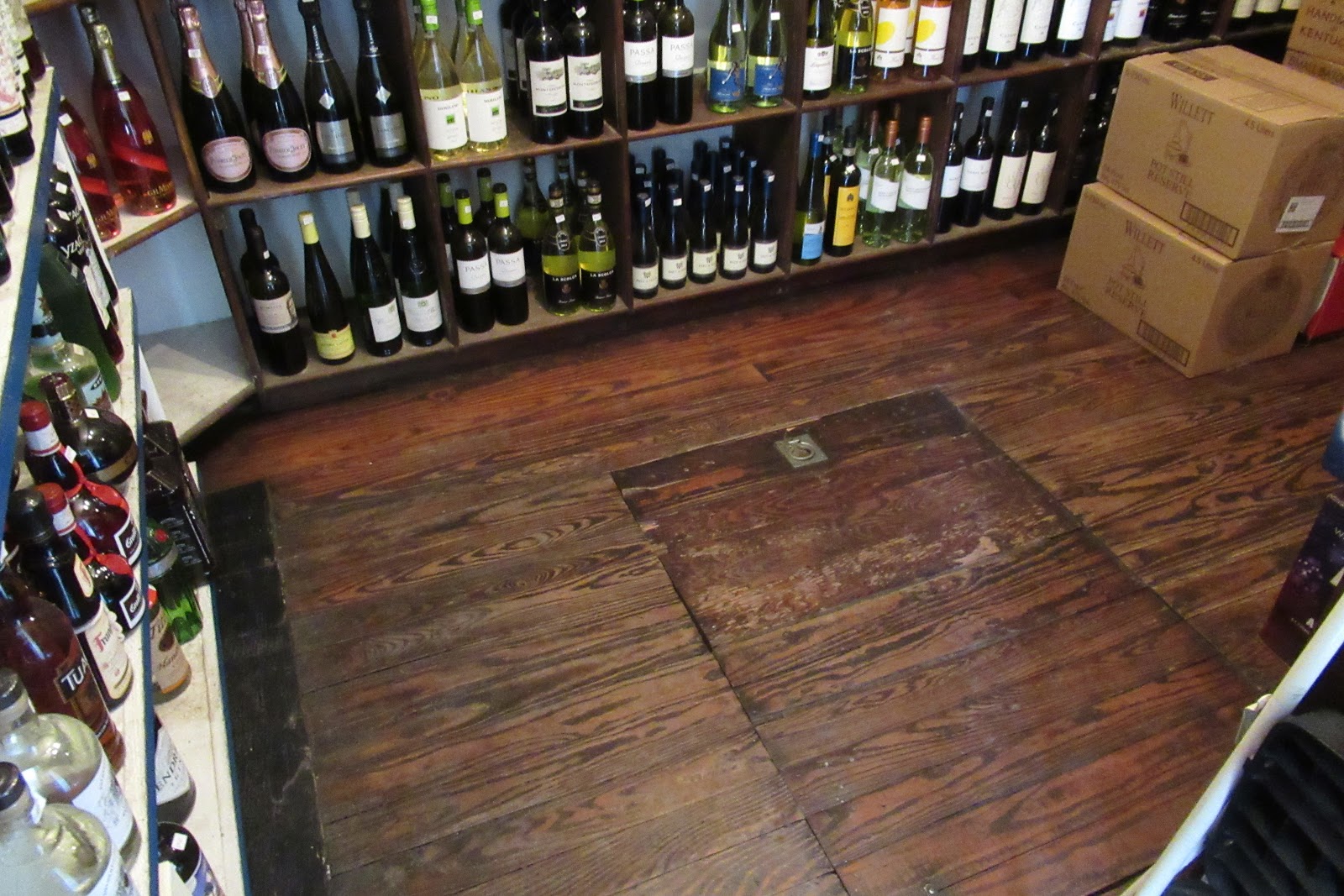
Back in Georgetown, we indulged in freshly-trawled shrimp, available daily at the harbor.
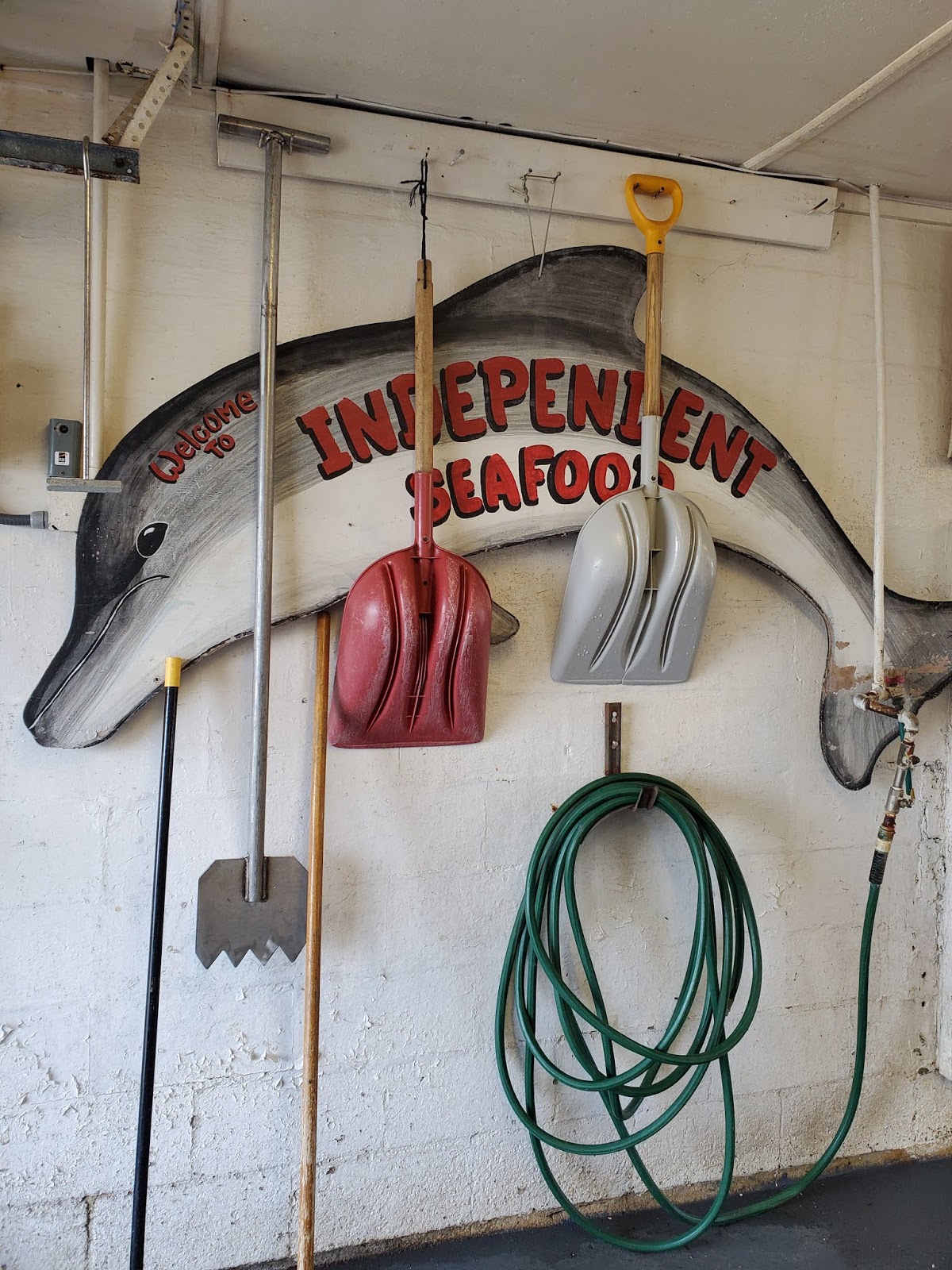
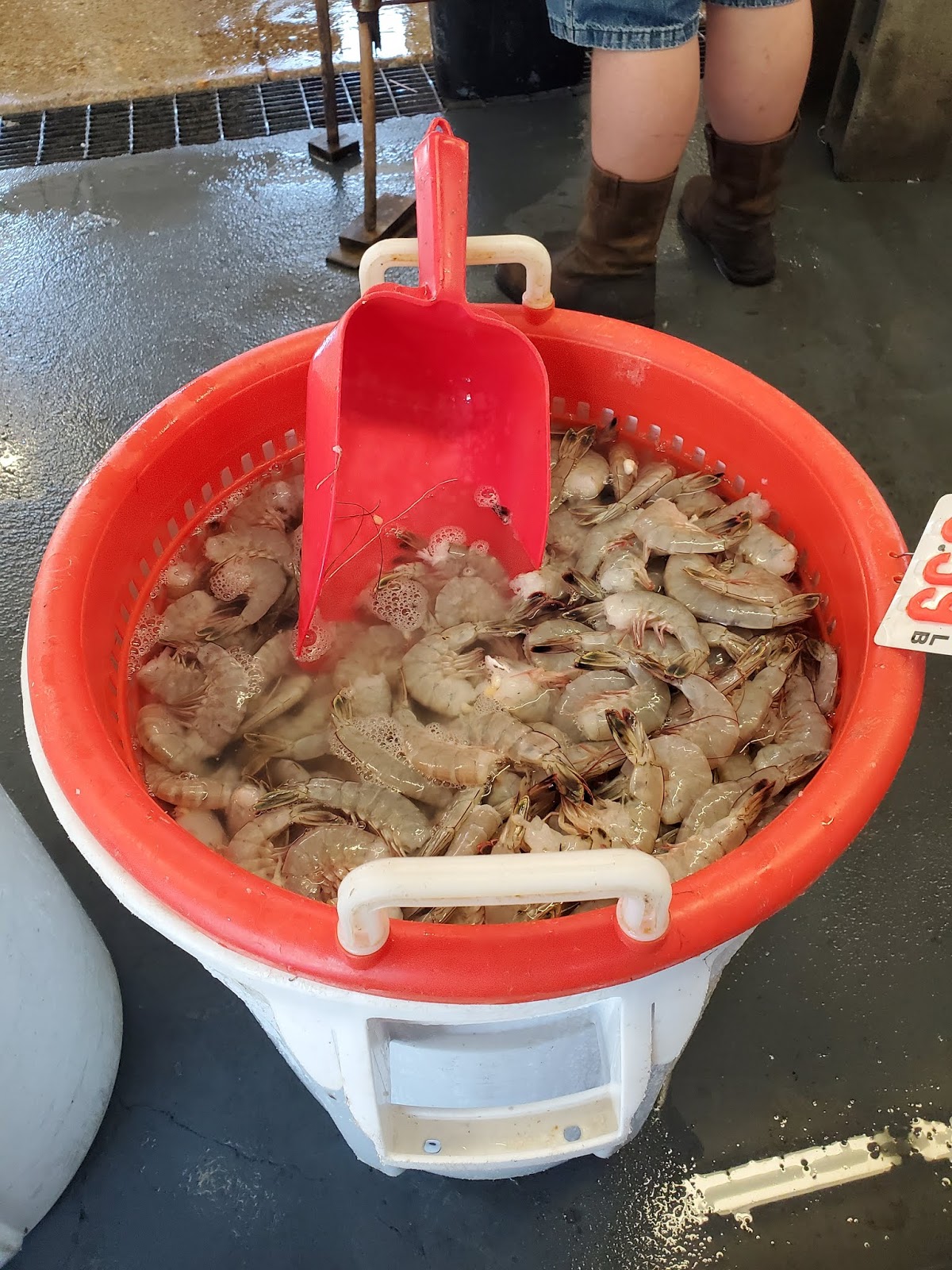
Philip spent some time working on a Beaufort, SC shrimp boat in his early 20’s and so brought home shrimp exactly like this, in a bag of ice, every day after work.
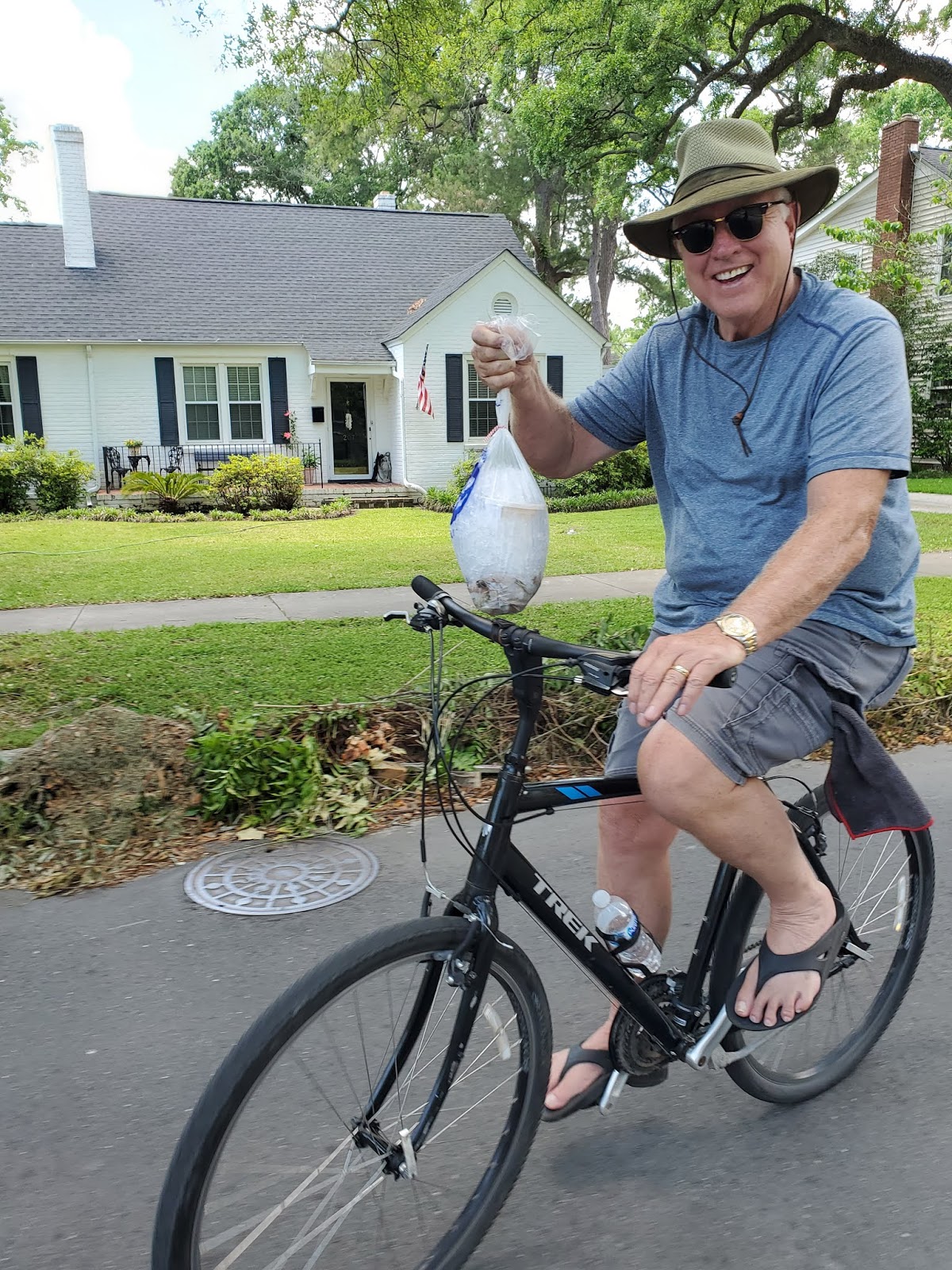
Our stay in Georgetown was brief but impactful! Most importantly, it was a beautiful place to hang out while waiting on North Carolina to begin their post-Covid reopening starting May 8.
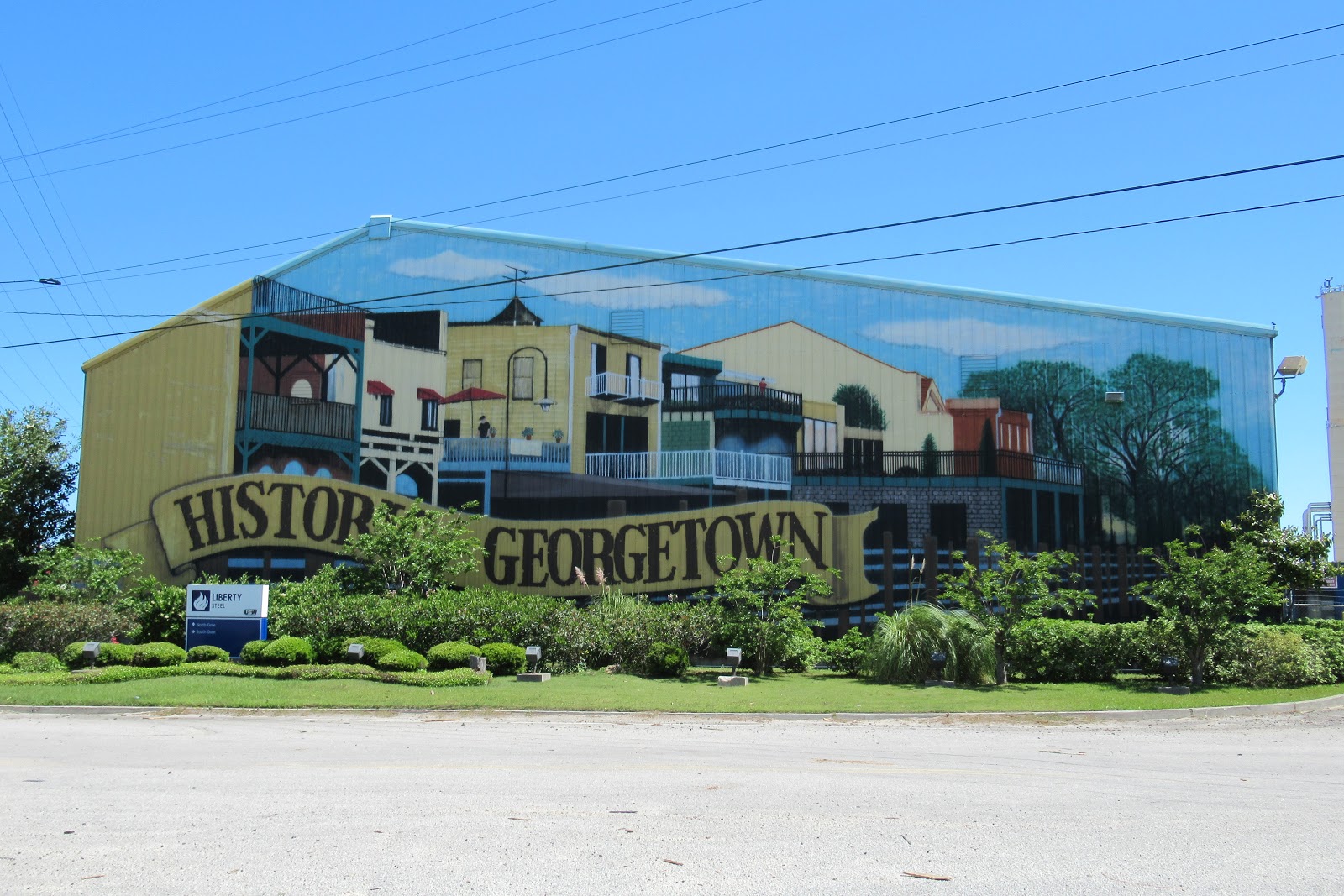
And with that, we’re rolling on, with eventual destinations near Winston-Salem, along the Blue Ridge Parkway and in Asheville! Bye for now, Georgetown and South Carolina!

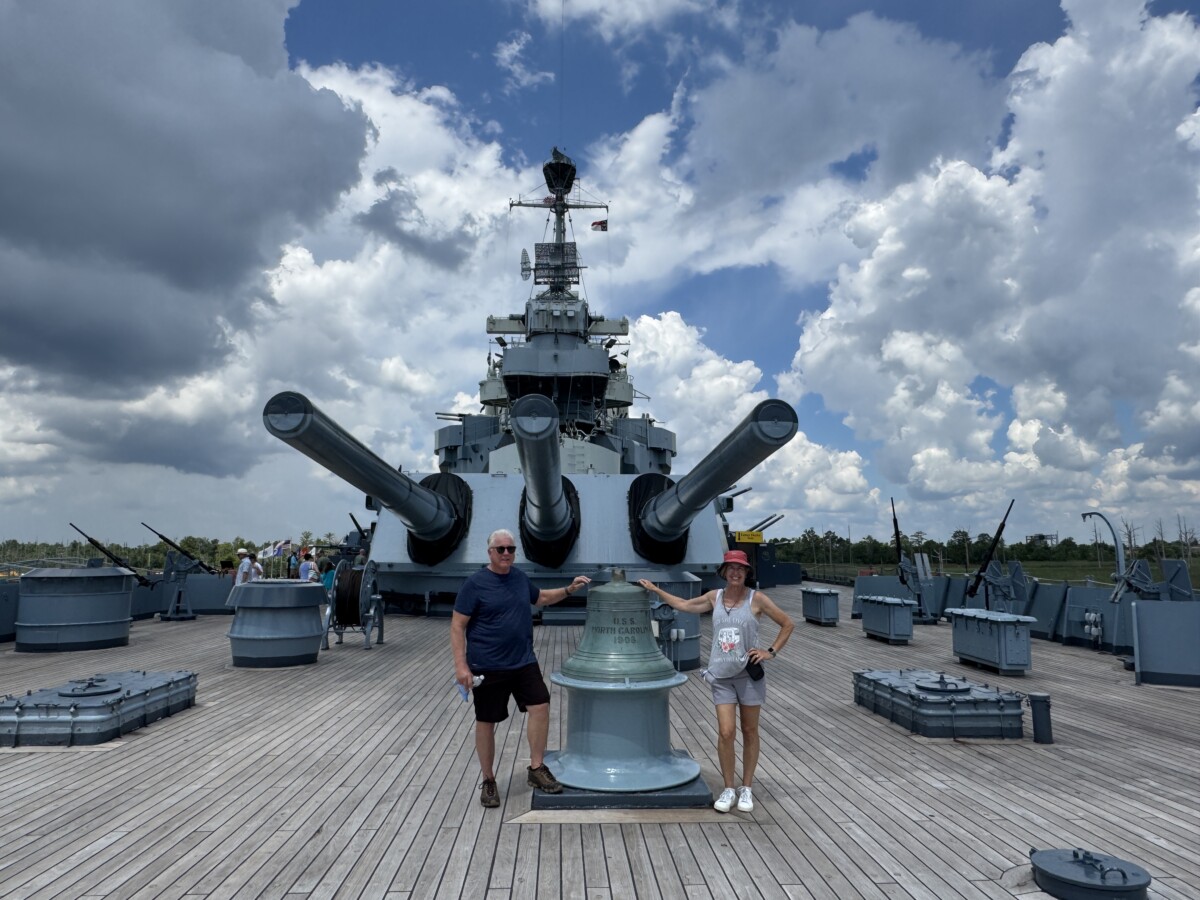
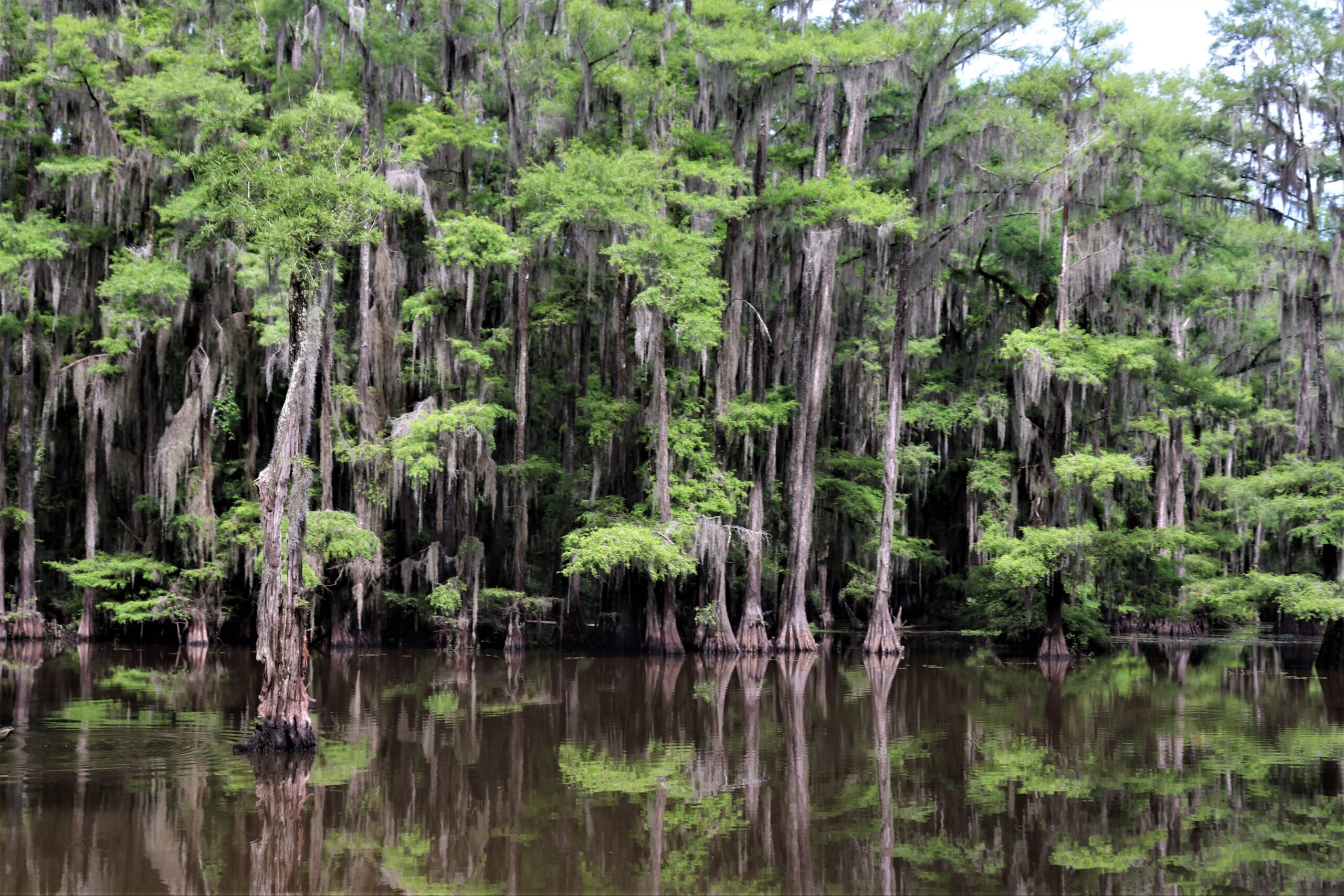
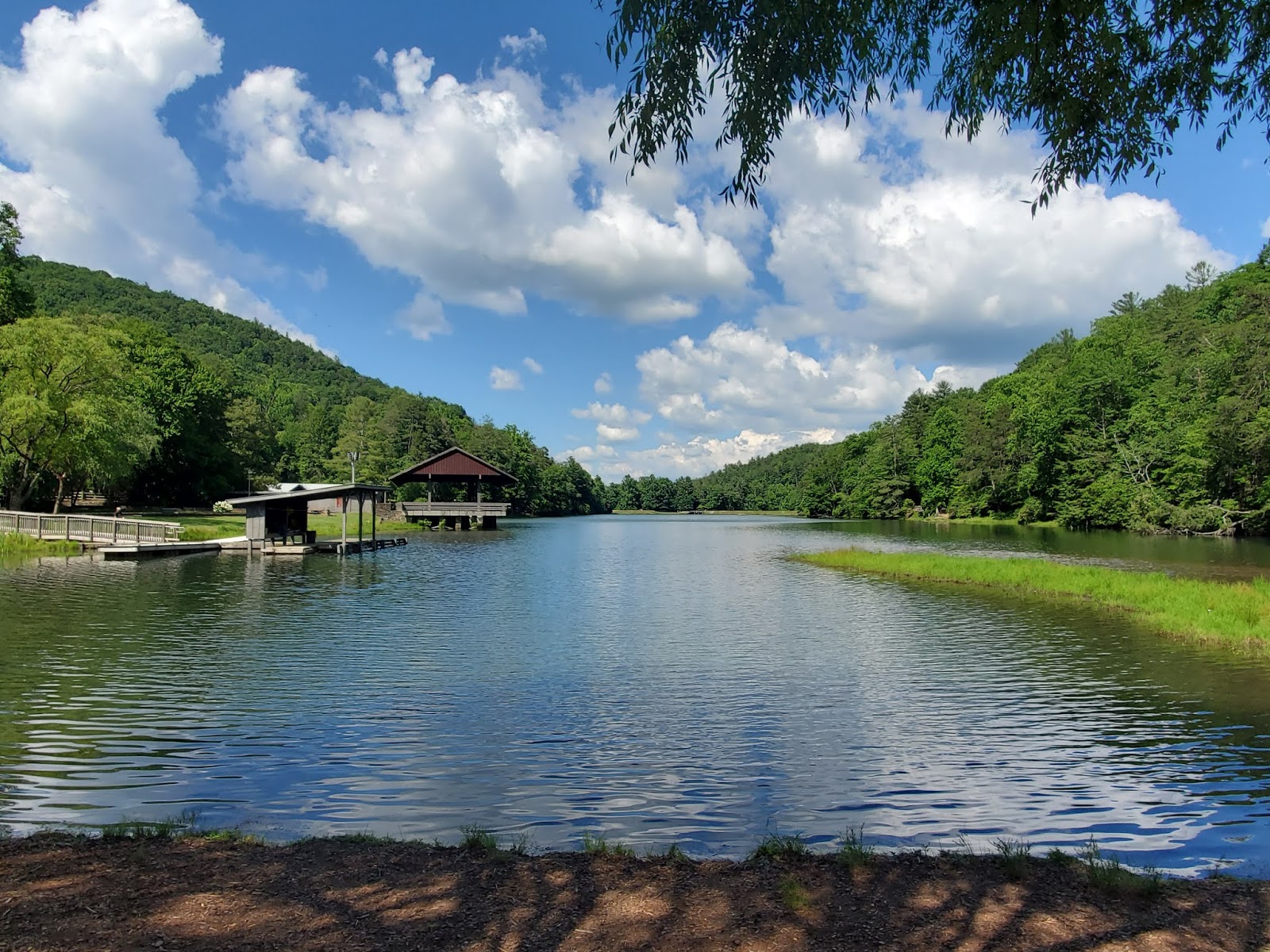
You two are amazing for finding so many fabulous places to see and visit when "nothing" (clearly not nothing for you two) is open. Loved reading this, as always.
We keep trying! Even if we can only photograph the outside of a closed building, it's still so much fun to see new things! And we are saving TONS of money on entrance fees, hee hee! LOVE YOU!
Intriguing pics, Tessa, as always! The old tow truck hauling the catch of the day is my favorite, but you already knew that, didn't you? Love those old trucks to pieces. You guys have the best "truck luck" – I'm traveling with you from now on. The architectural feature of a front door leading to a porch is fascinating, and something we've never seen before. Perfect solution for people like us who enjoy fresh air – and privacy, too.
Yes, I have a new interest and appreciation in old trucks because of you! One of the many ways you enrich my life! 🙂
So much history in that area. Hard to even imagine what that town looked like in 1734 when they built that house!
I know, right?! It made me want to pop on my tri-corner hat and dust off my musket. Being from Arizona, where "old" houses are from 1962, it was truly fascinating!
When your website or blog goes live for the first time, it is exciting. That is until you realize no one but you and your. Airport Transfers Newquay